|
I was one of the few people in Ithaca who was not at the national bird dork conference this week, so I had lots of time for hikes, creek sitting, small animal tracking, photographing tomatoes as if they were newborn humans, pig roasts, pond swims, rainy farmer's market treats, yoga downtown, and salamander crossing guard walks. Before I got married and lived with my husband, and had a job rather than being a grad student, I was better about spending time outside on hikes and meanders, but then this person came along who I enjoy being with and I forget to do the other stuff. It was a week full of the other stuff and just in the nick of time to really savor the last bits of summer. #soakitup
Cape Town and the Karoo Scrub Upon our arrival to the craziness of city life in Cape Town, we had wifi at our amazing hotel, so....no writing for a bit. We stayed close to the Kristenbosch Botanical Gardens and spent quite a bit of time there birding and plant watching and hiking. We accomplished most things on our to do list. 4/16/16 Journal: Driving east and a little north of Cape Town to bird the dry hot thorny bush scrub. Nothing says honeymoon like all of those things put together! We had a bit of a rough time navigating the traffic of CT this morning, but once we emerged on the other side, there were mountains, mist, and after a long tunnel through a mountain, we were shot out on the other much drier side. Wine country...and Karoo scrub country. An aside: Last night we at burgers, drank Guinness and appetizered on chicken livers! Yum. We spent some lovely time exploring the Vrolijkheid Nature Reserve. The little towns nearby were great too, but of course, I didn't get photos. The scene really reminded me of the Australian outback. If you want to see some photos of the towns in the area, check this out! That is me pointing at my husband on hour 6 of our day in 95F heat remembering the promise that we would, in fact, make it to the wineries before sundown. And....we were off! We made it to the only one that was still open, Mont Rochelle, but one was plenty! We did not see Richard Branson though. The botanical garden and...a hotel robe!!! Husband looking lovingly at a protea of some sort. My love for this guy and rusks runs deep! Best breakfast ever. Lumberjack appetite! Dress code, you say? I say, dazzle/distract them with power-clashing!
Kruger National Park The restcamp gates close at 6pm and we barely made it to within sight of the Shingwedzi gate just before 6, so we could mosey our last few hundred feet at dusk. Shingwedzi is on a river by the same name. There was a whole gang of Maribou storks hanging out in a dead tree and in the river below, we saw our first hippos. We could see their nostrils peeking out above the water and occasionally a little baby hippo would float up and get nuzzled by the adults hanging out in a circle. Blacksmith lapwing Stop. Don't strain your eyes in an attempt read my penmanship which earned me an unsatisfactory in 1st grade and has yet to improve. I interpreted below with additions: From my journal: 4/7/16 Today we worked our way south of Shingwedzi camp along the river where things were a bit quiet, yet Eliot and I just did our list and we got a whopping 65 species (of birds). We are a bit tired and maybe over-stimulated from yesterday's bonanza day. We saw a circle of hippos all facing each other and floating down the river like a floatilla of friends in rafts on the Colorado River or the hungry hippo game. Great white egret and a Yellow-billed stork snacking on the river bank. The stork was using a wing-shadow foraging technique and occasionally using its foot to shift around in the mud to stir up goodies. Vervet hangout rock Baboon play and a Crested Barbet I could watch them for hours. Checking out the new baby Ground hornbills foraging in a group like a theatrical search party noshing on mollusks and other things that were hard to identify. We stopped for a picnic and a hike at Mopani Rest Camp. Mopani overlooks the Pioneer Dam and it is in the heart of mopani shrubland. Mopani is a tree/shrub in the Fabaceae family and it does well in the very hot and dry climate. Wee-ooh wim-o-weh. Wee-ooh wim-o-weh. In the jungle, the mighty jungle....are you singing it yet? I was. It's funny how much I thought about the Lion King cartoon on that trip. Sure, I thought about all of my classes from college with (usually Kenyan) examples, but it was that first dramatic and amazing cartoon that was usually the clearest in my mind. They got a lot of things right and I haven't gone back to fact check (though I think the baboon might be especially wrong), but I think the baobabs are drawn pretty well. Baobabs (Adansonia digitata) are markers of a water source, but persist in hot and dry savannas. They are culturally hugely important not only because they are symbols of the presence of water in an incredibly dry place, but because they also provided shelter, edible fruit, a place for gathering and provide many natural remedies. They are the cottonwoods of the American west to me. They can live to be 1,500 years old (we think) and anything with that kind of history also has quite a few superstitions attached to them. A book to be written another day. Inverts of the fence Letaba River Bridge. Apparently, it is ok to get out of your car on large bridges. Then, at least, you can see the lion charging toward you before it eats you. We stopped at Letaba restcamp for a walk. It is lovely. If we go back, we might just have to stay here. This hippo was foraging with some Crested guniea fowl. The BIG 4/5 before we saw our first rhino!
On March 10th we had about 24 hours of rain and an increase in temperature, so we were pretty sure that would be the night. The salamanders would be slithering to their spawning grounds! My only experience with this was a game we used to play when I did environmental education at Pickering Creek Audubon Center where students would learn about salamanders migrating to and from spawning grounds crossing the very dangerous human-made road. Some students were cars and some were salamanders, some got squished, and some made it through. This is a pretty easy concept to grasp, but I didn't realize just how much of a mass movement it is. When we first moved to this little spot by Cascadilla Creek we were really excited about the nature preserve at the top of our hill. Ringwood Nature Preserve is known to be an important area for herps, including the locally rare, Jefferson Salamander (Ambystoma jeffersonii). The ponds fill with water and the warm rain helps to defrost the soil. The herps are stirred by something - perhaps it is the warmer temperature, the warm rain drumming on their winter home, the ice thawing around them, or maybe it is a smell we humans are unaware of, or fairies. They stir and move toward the site of their birth, you know, the kind of birth something that hatches from a gelatinous egg in a pond has. So, they move to these ponds where they were laid by their parents. Go read about salamander spawning if you have time. Some crazy stuff happens! We aren't entirely sure how they navigate, but they might end up passing perfectly perfect ponds on their way to their one and only place of first home. These ponds are so small that they don't support fish, which might like a tasty amphibian or amphibian egg treat.The adults spawn and lay eggs that they attach to vegetation in the water and then move onto land. Spotted salamander eggs sometimes contain green algae which will consume the carbon dioxide salamander embryos produce and turn it into oxygen that the embryos can use. I am not even joking. Young salamanders feed on small invertebrates once they hatch out. Some species may take as long as 5 years to reach sexual maturity and some species, like the Spotted salamander can live for more than 30 years. Can you believe that!!!??? Who knew? Not this bird nerd. So, we bundled up with more layers than we needed because warm air was just too crazy to comprehend and we are birders and birding is very slow and can be quite chilly when it is raining. We scrubbed our hands and we headed up the road to find some neighbor friends already out and about with flashlights and we walked the road near the ponds. There are salamander fences up that guide them to a safe culvert (like bumpers at the bowling alley), but of course there were individuals that didn't get caught and funneled by the fence, so we helped those get to the right side. There is something so heart-warming about watching grown men hunch over and try their hardest to pick up little frogs and salamanders and gently walk them to the other side of the road. I honestly haven't had so much fun in a while. What's more warm and fuzzy feeling than getting animals to safety with your neighbors? Below are some blurry attempts at capturing the magic. Heaps of herps in all sorts of varieties! A Spotted salamander moving along and halfway across! A Spring peeper and the entrance to the culvert with fencing on either side. A local hand model and a Spotted salamander I think this is a Jefferson's slithering along! Not so lucky - there was a lot of this. Wood frog Red-spotted newt Wood frog I am pretty sure this is a Jefferson's that Eliot found in our yard later that night.
|
Archives
July 2018
Categories
All
|
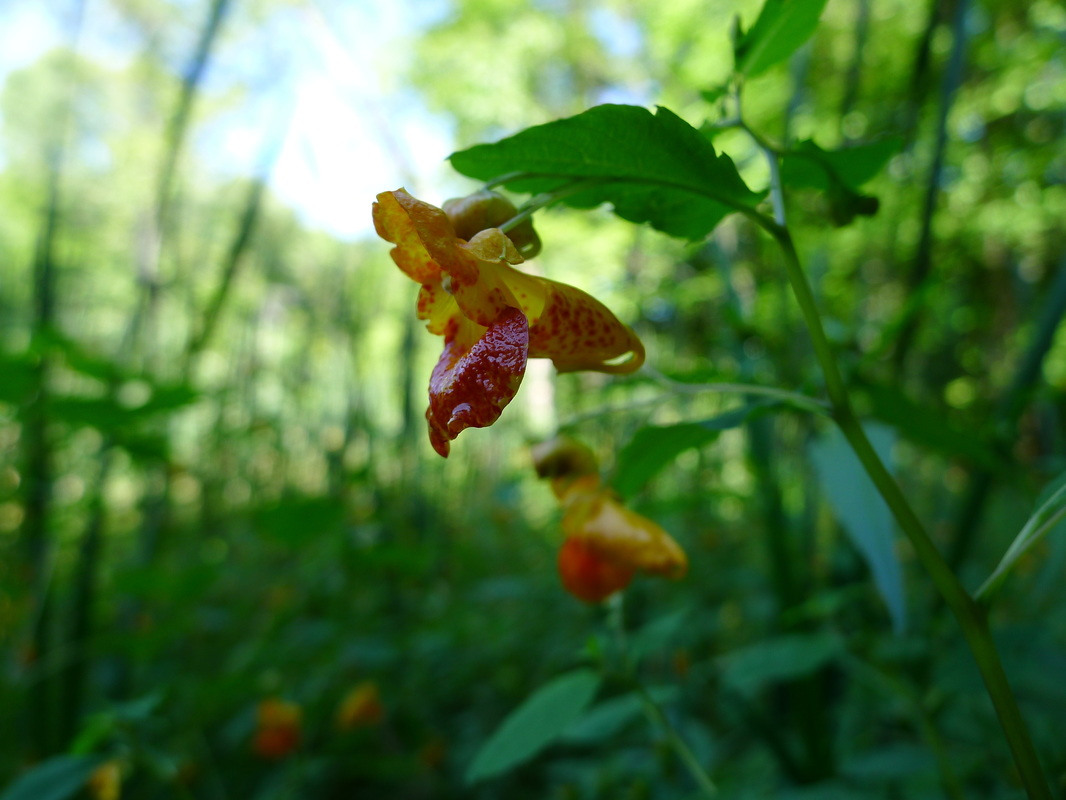
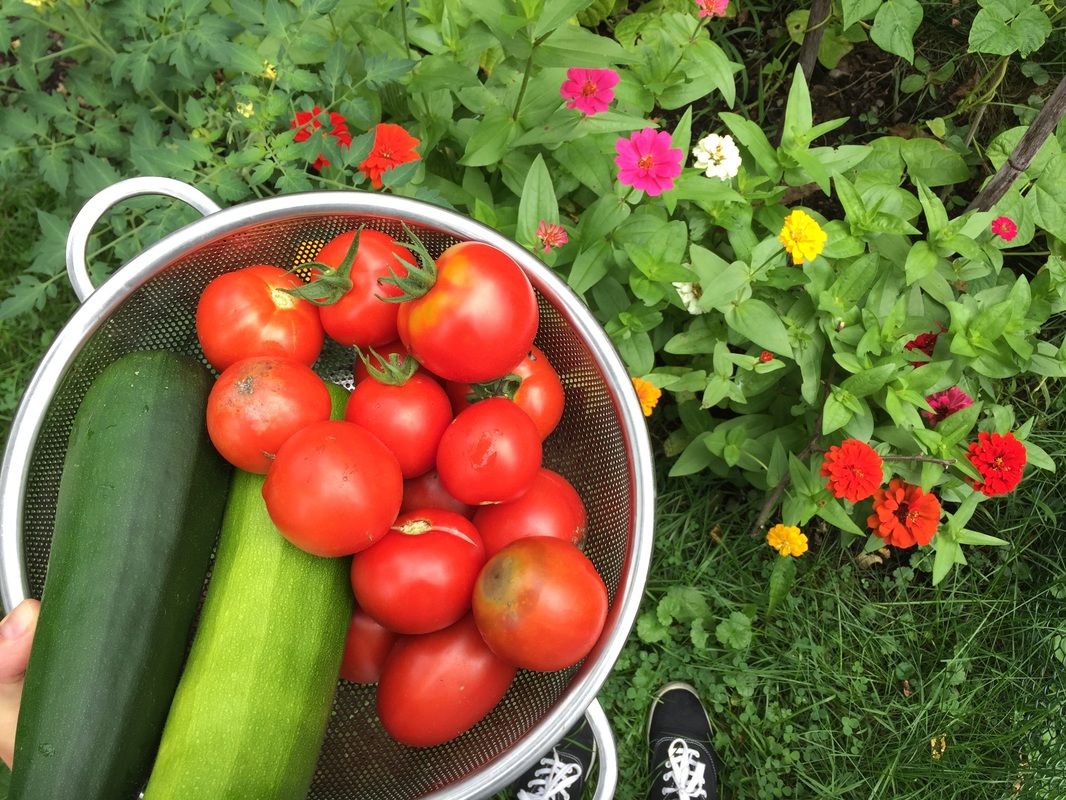




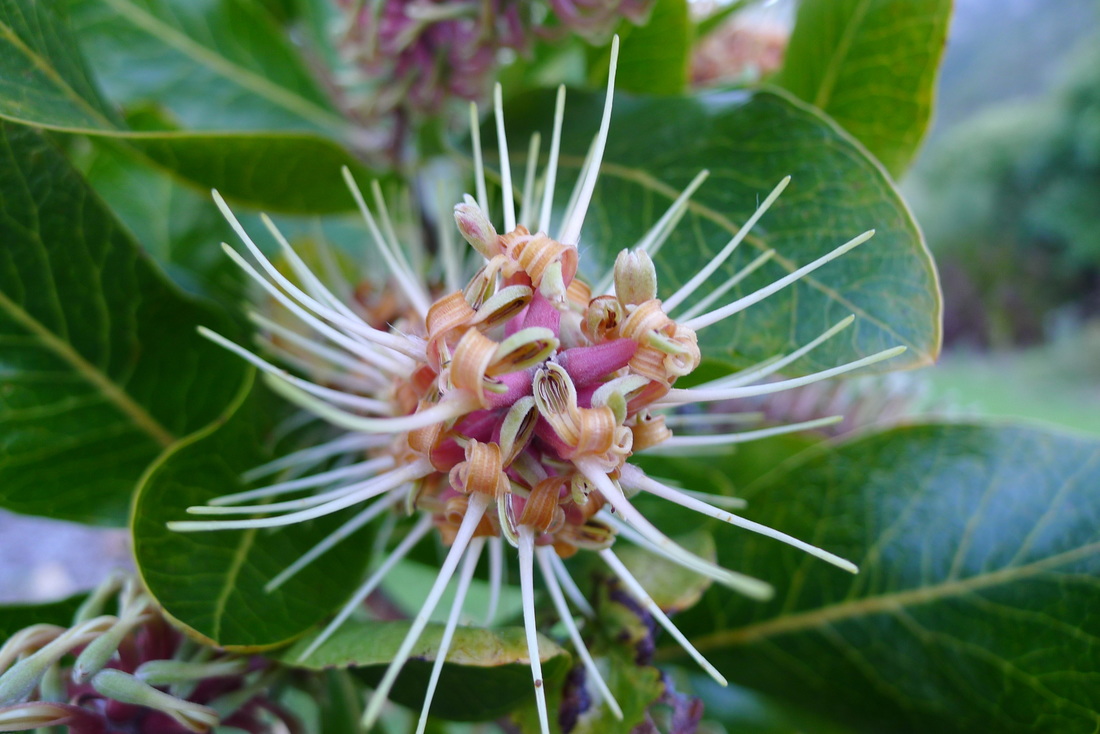


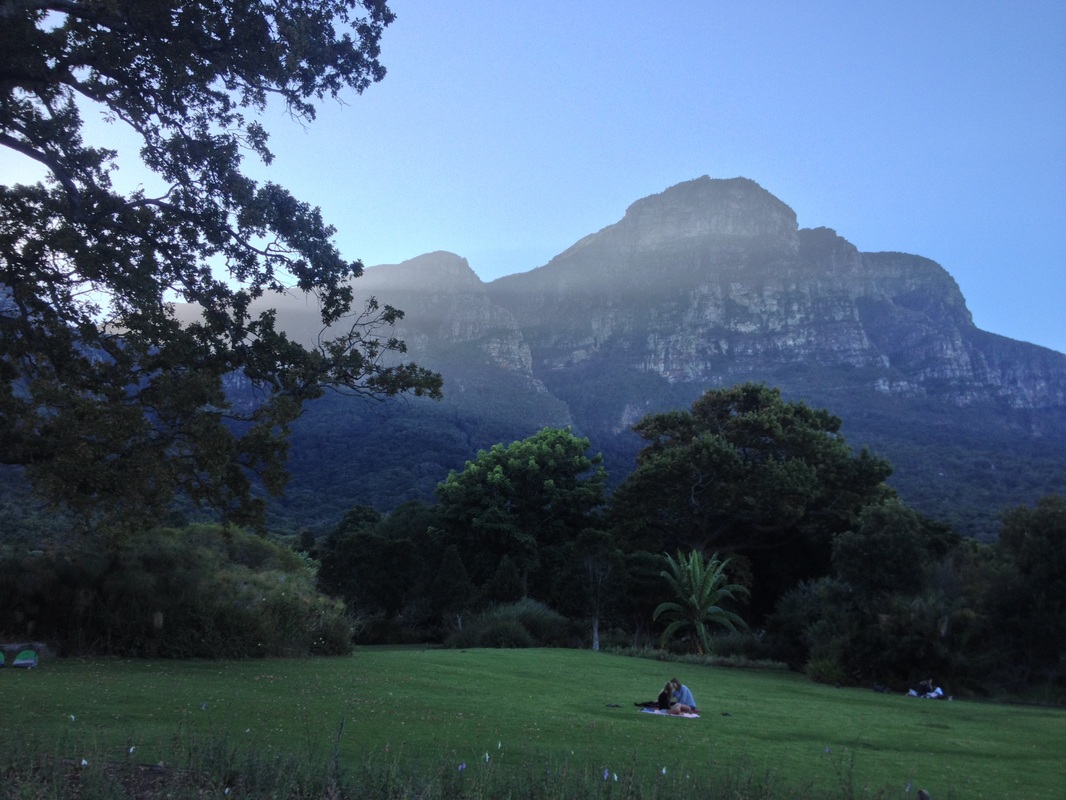
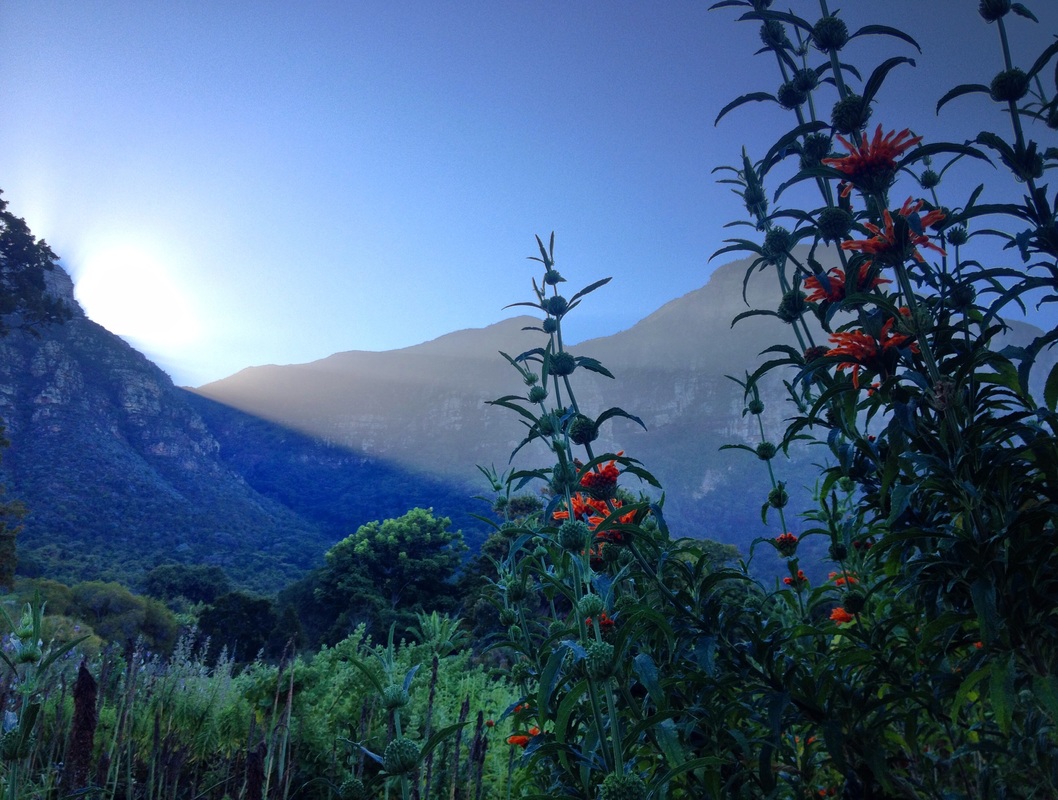


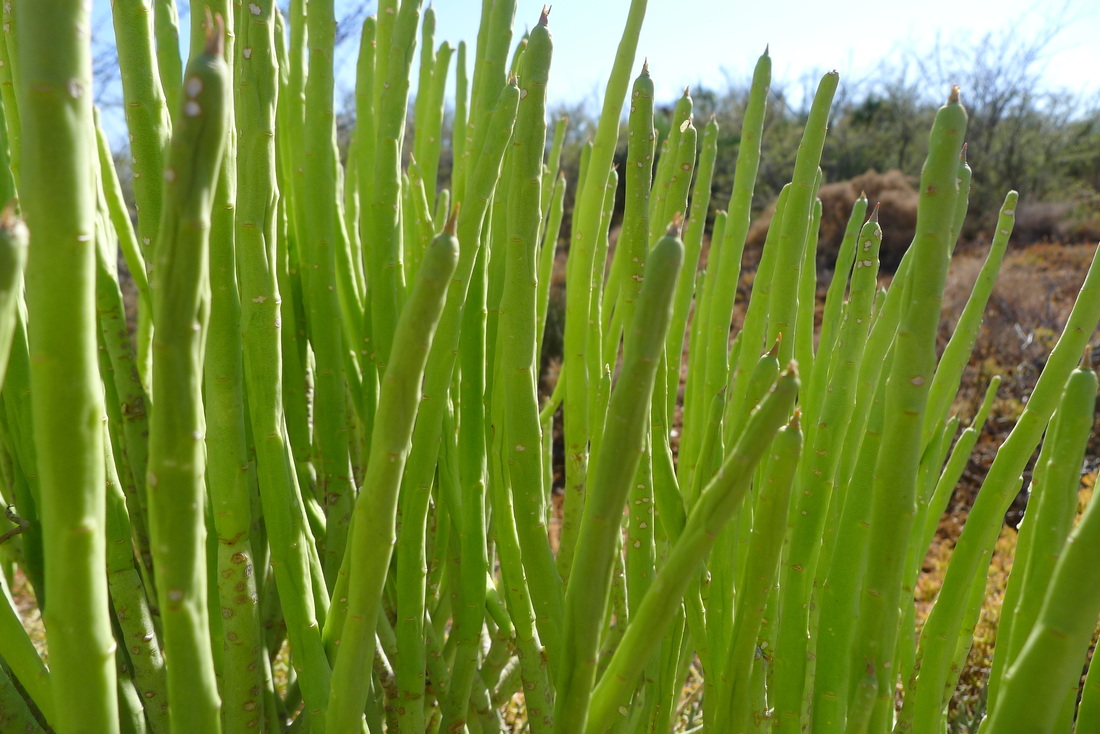




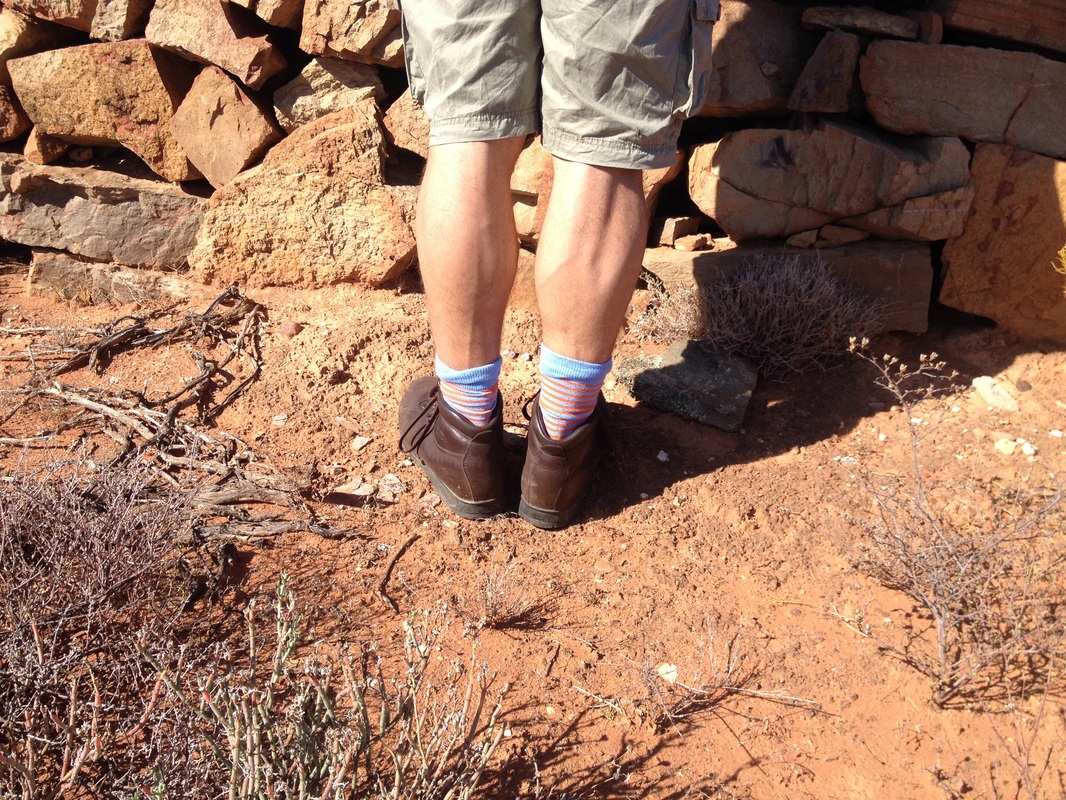


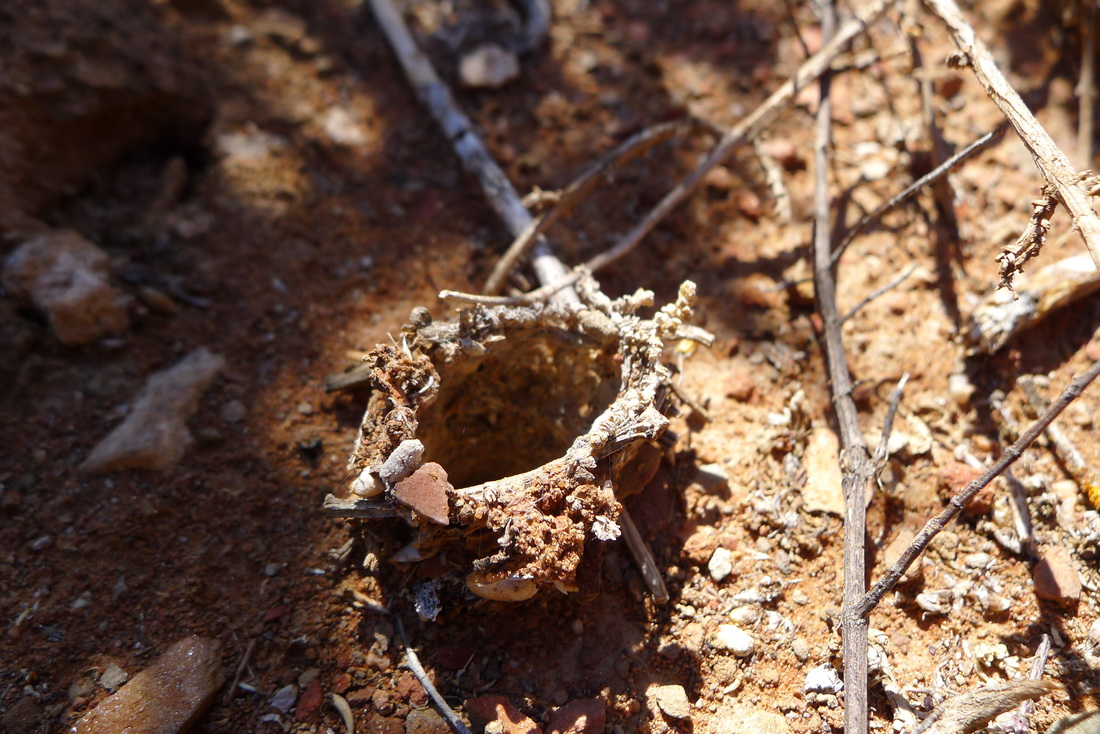


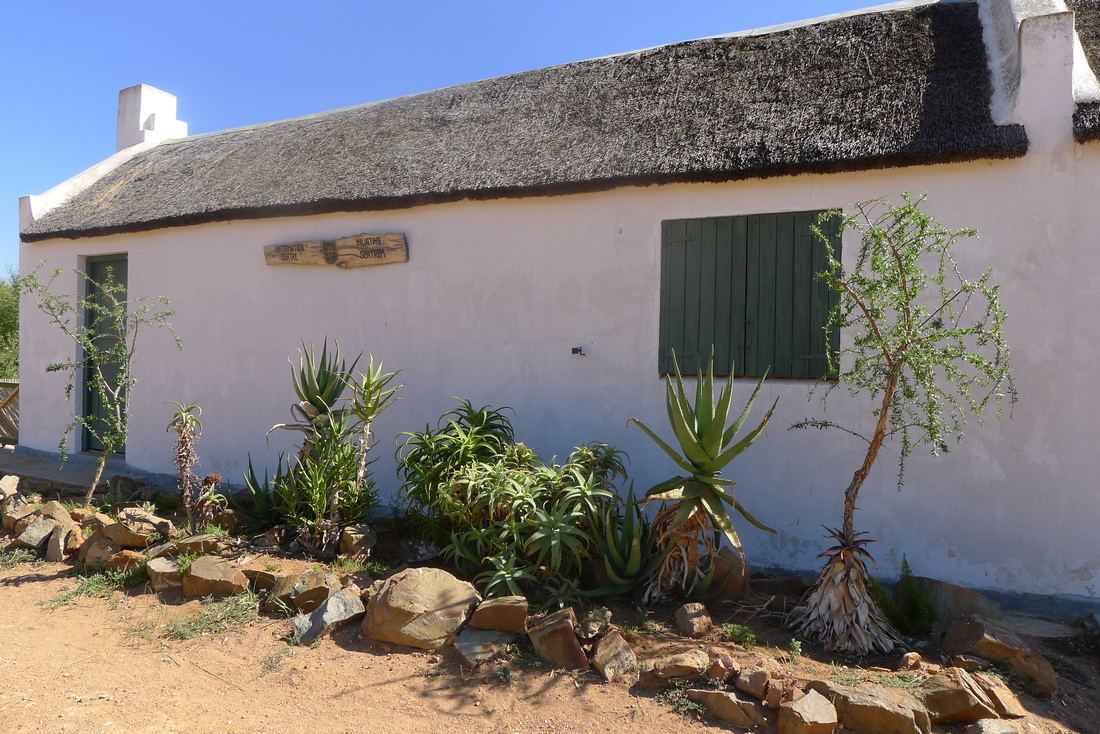



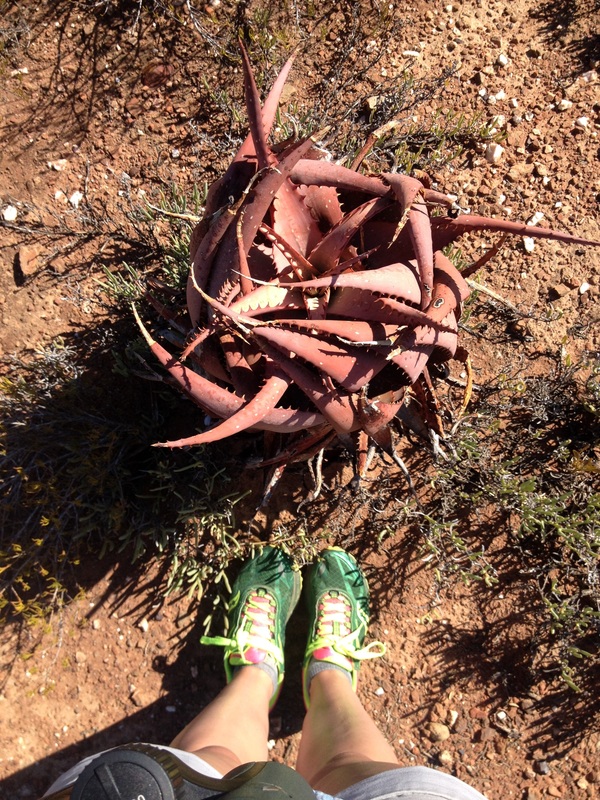

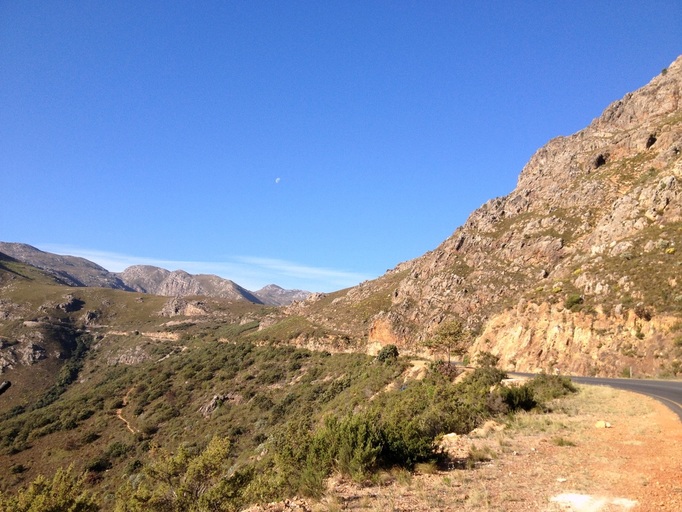
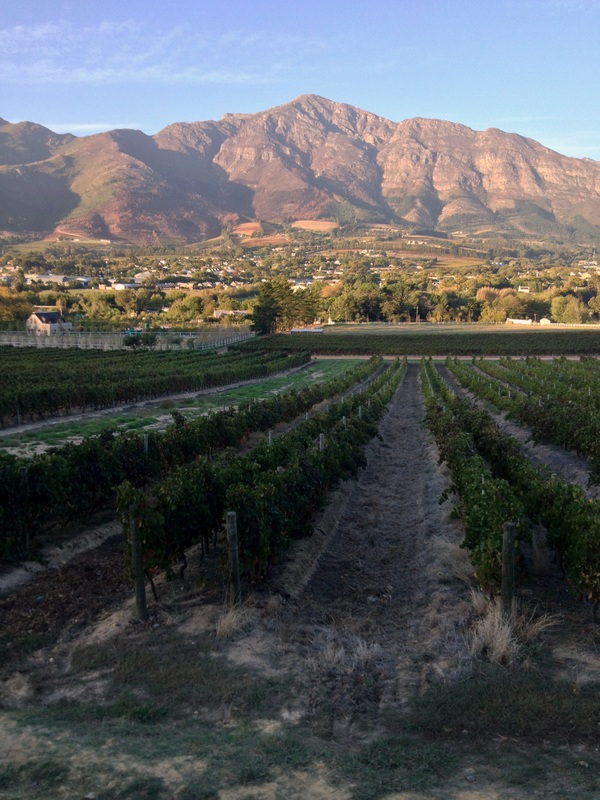


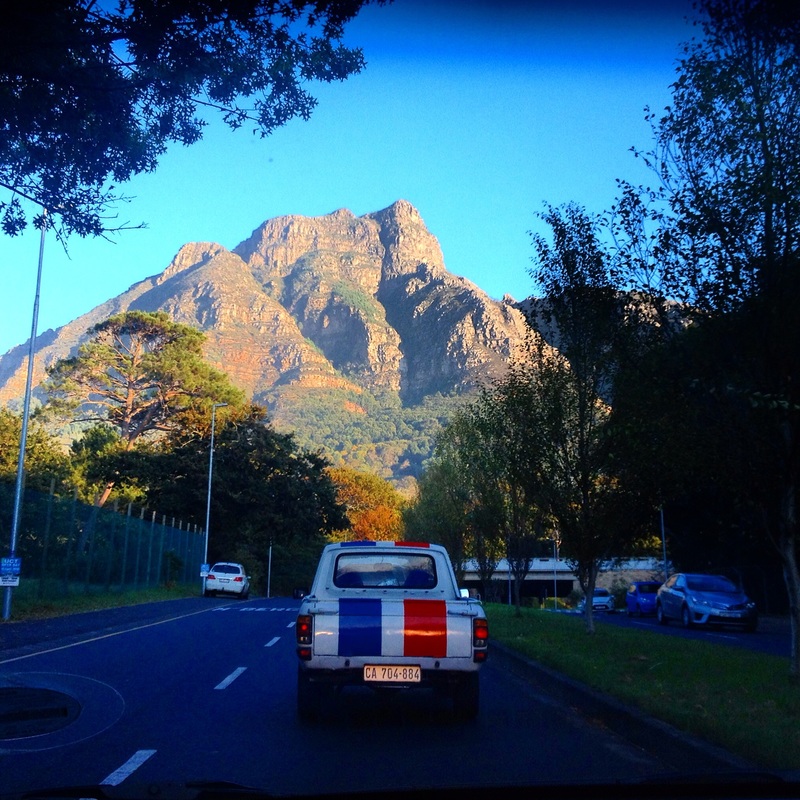


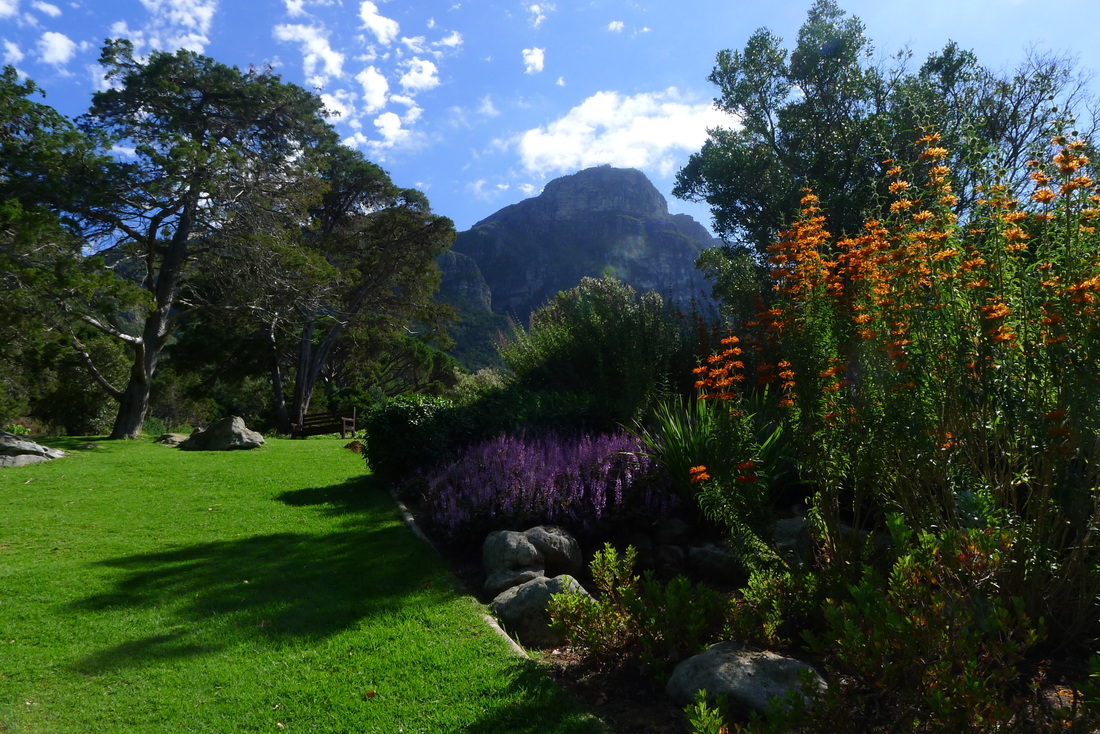
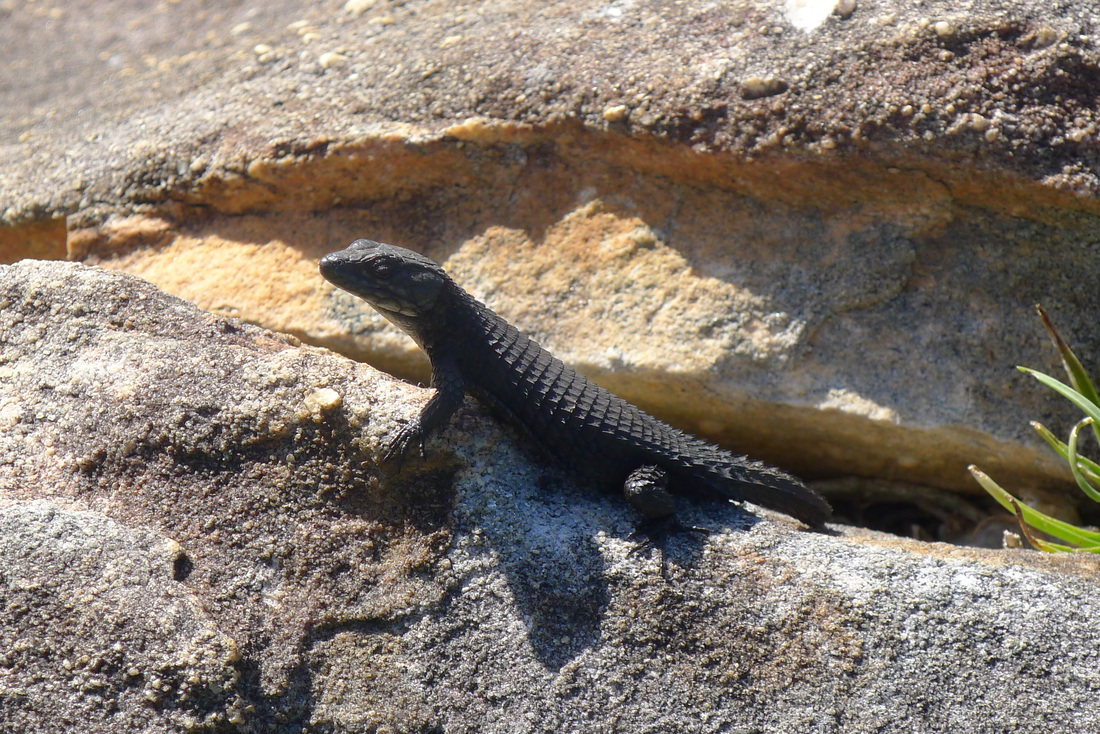
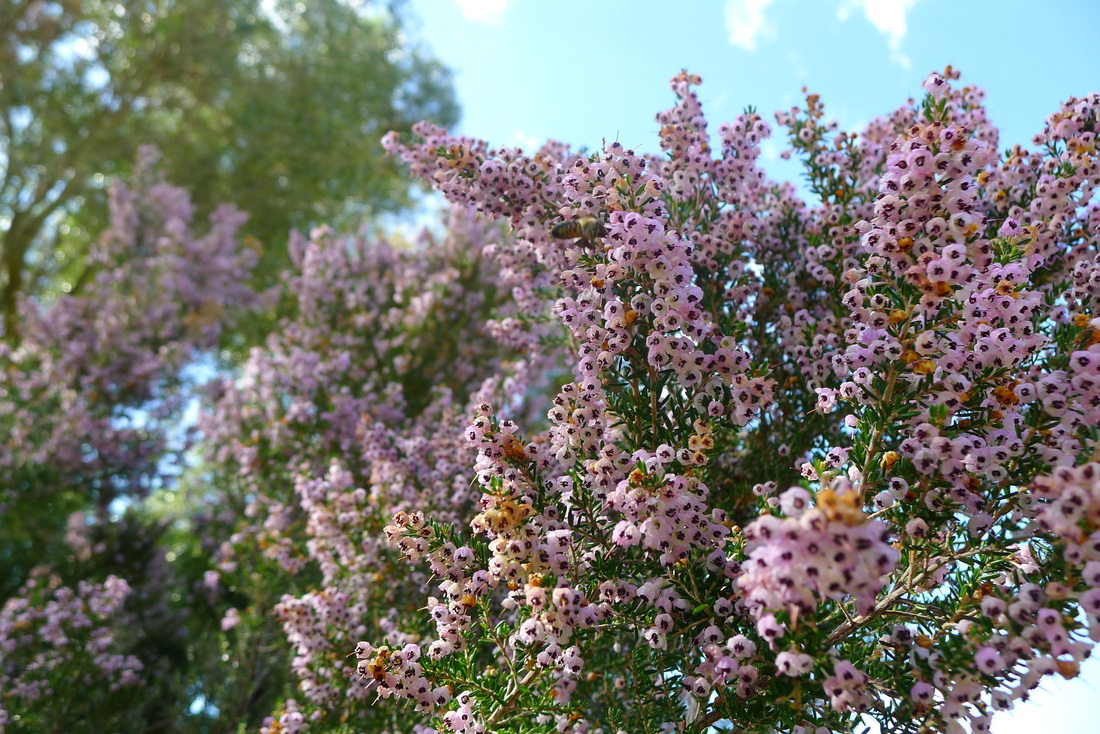
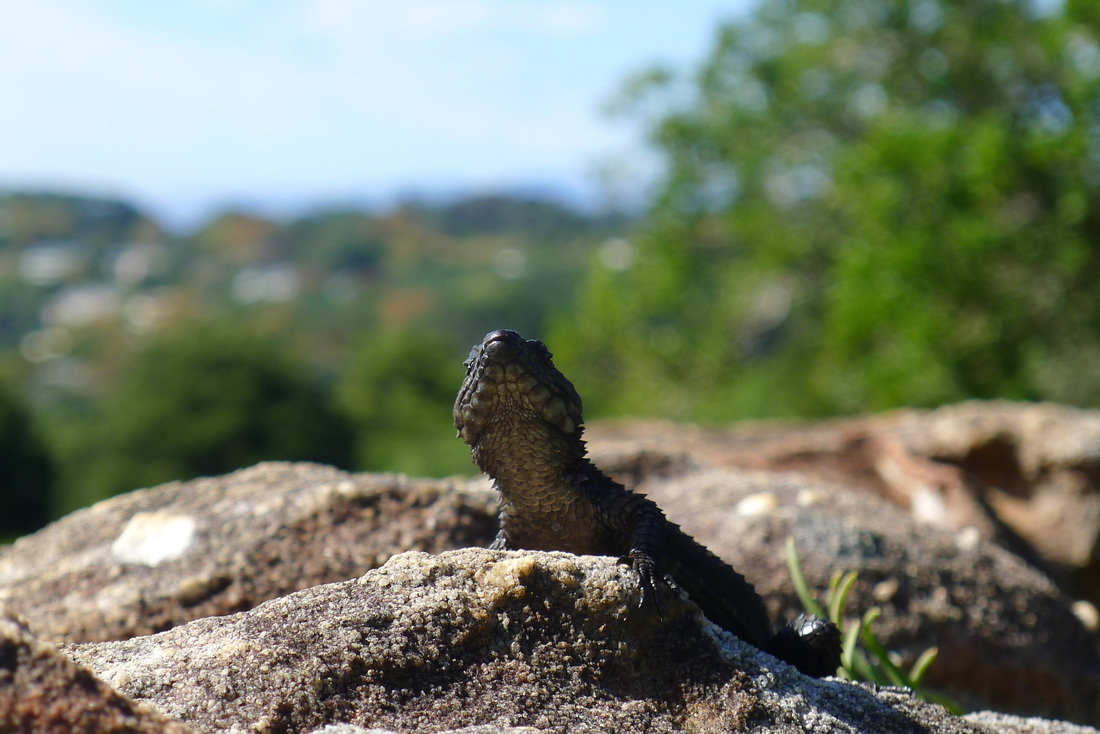
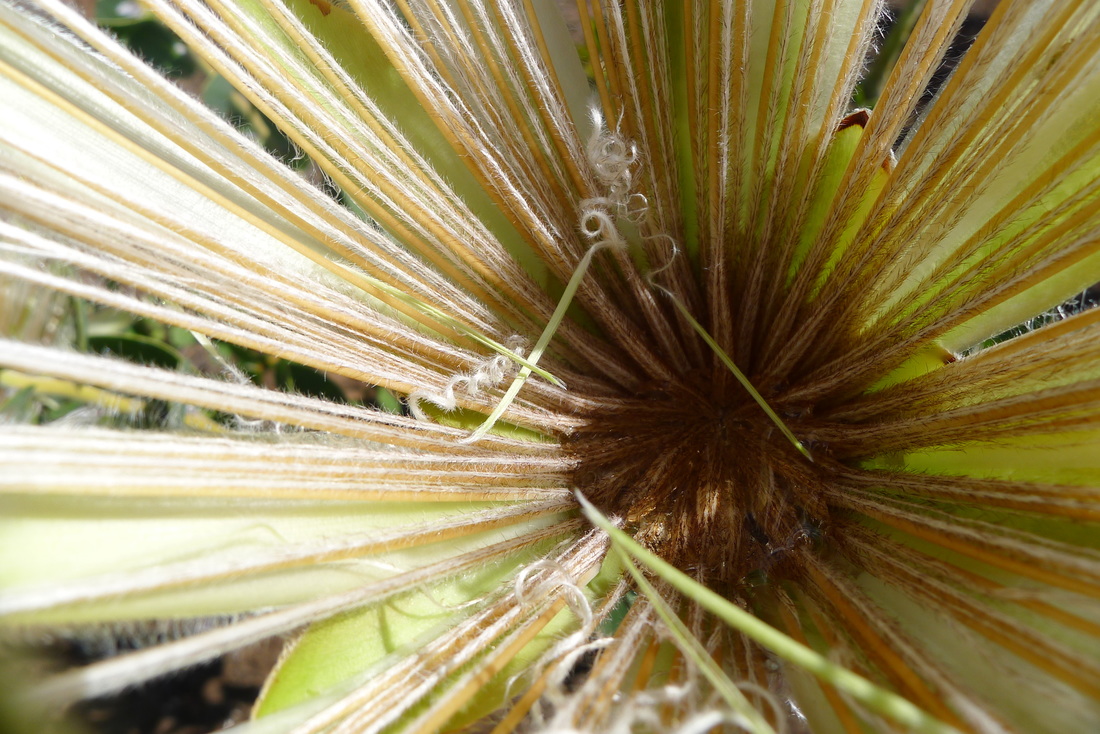
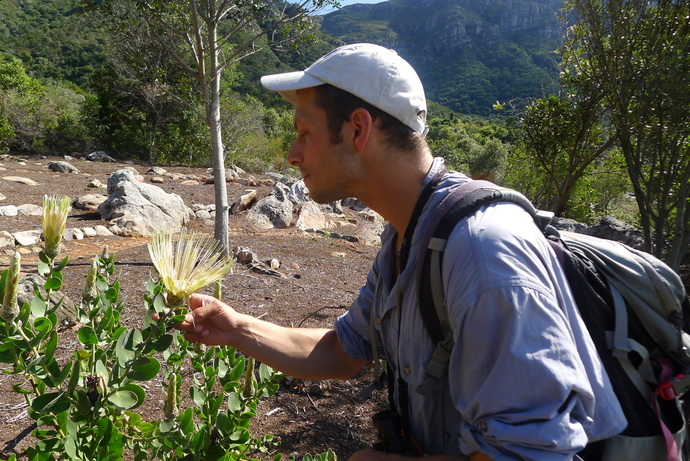
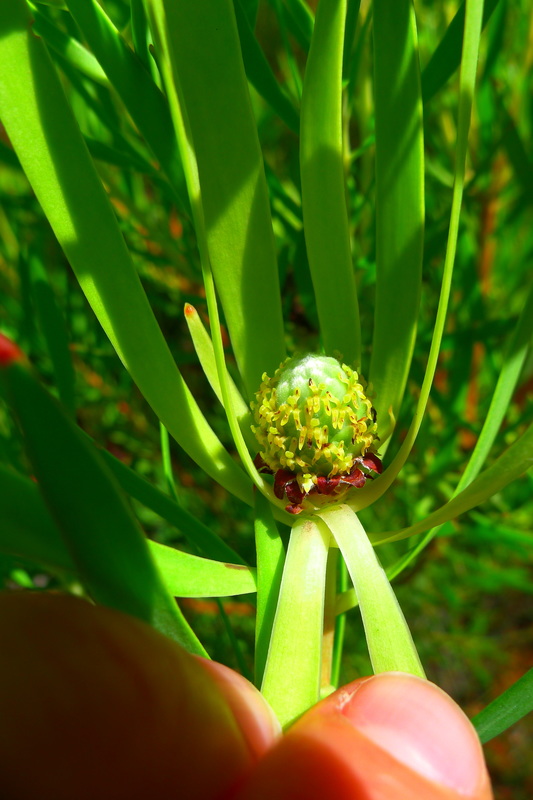



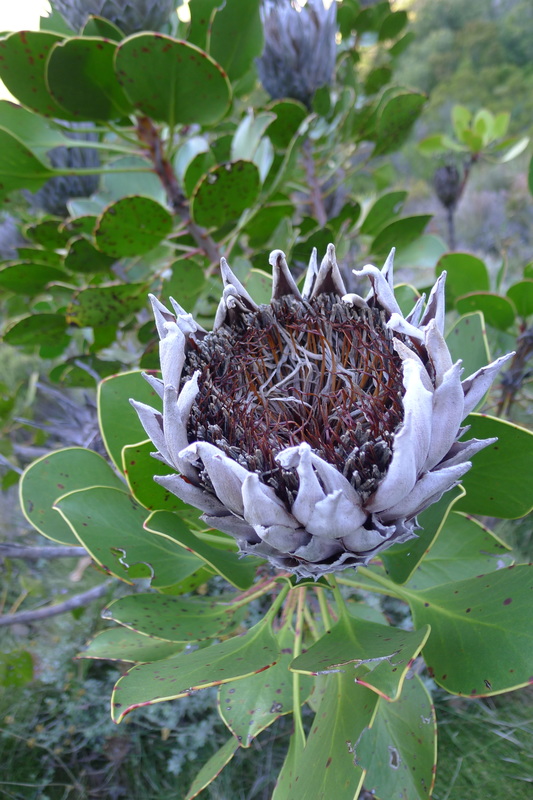

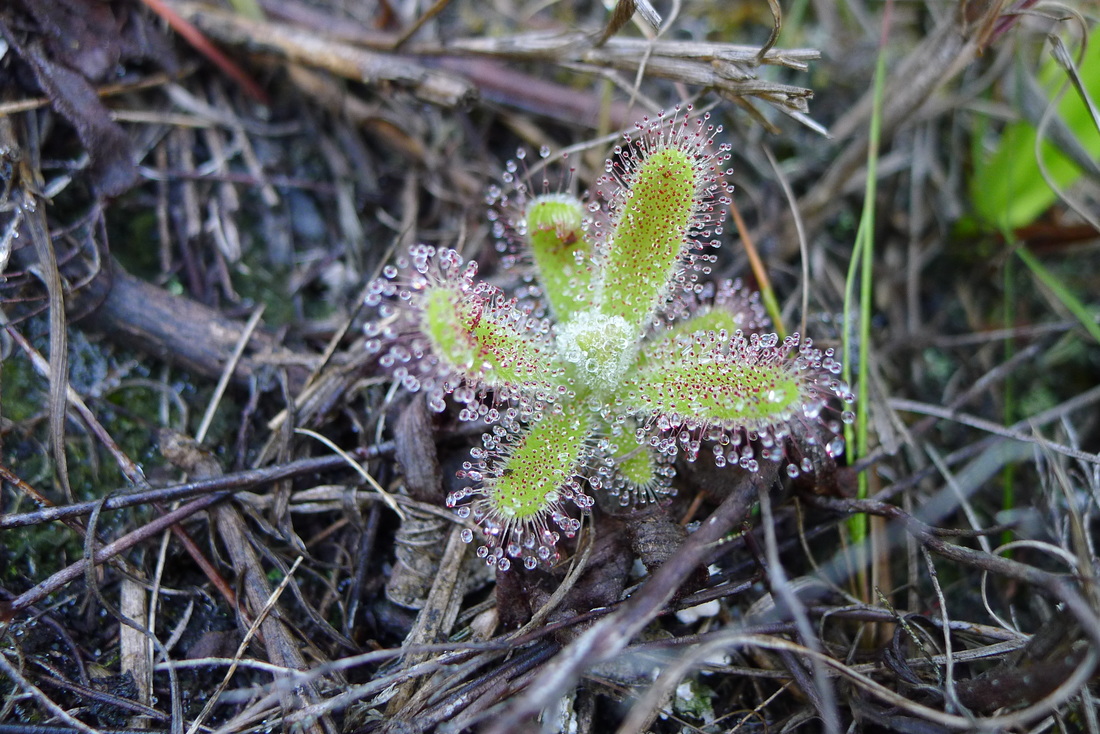
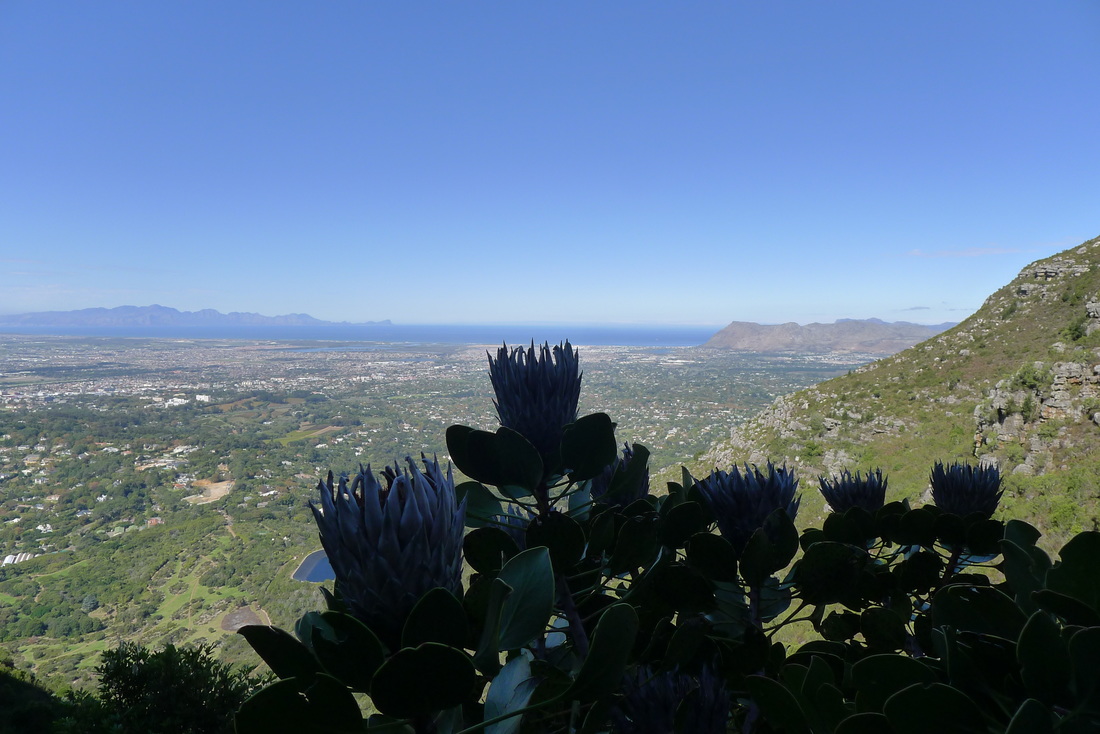
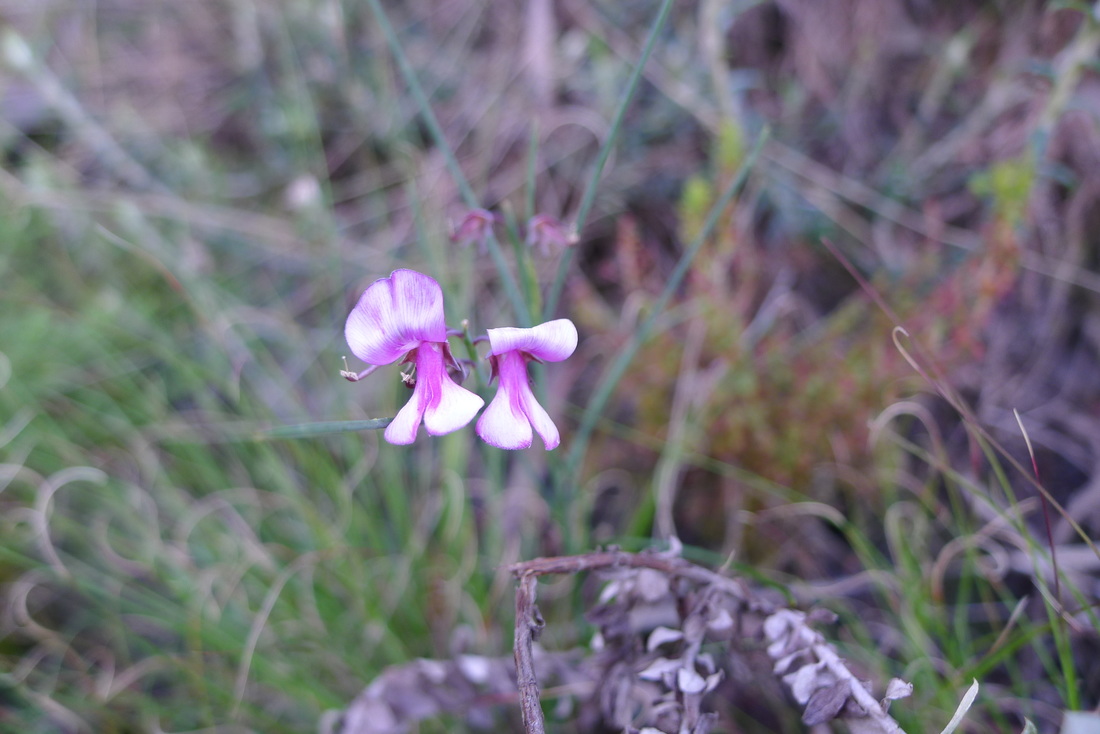



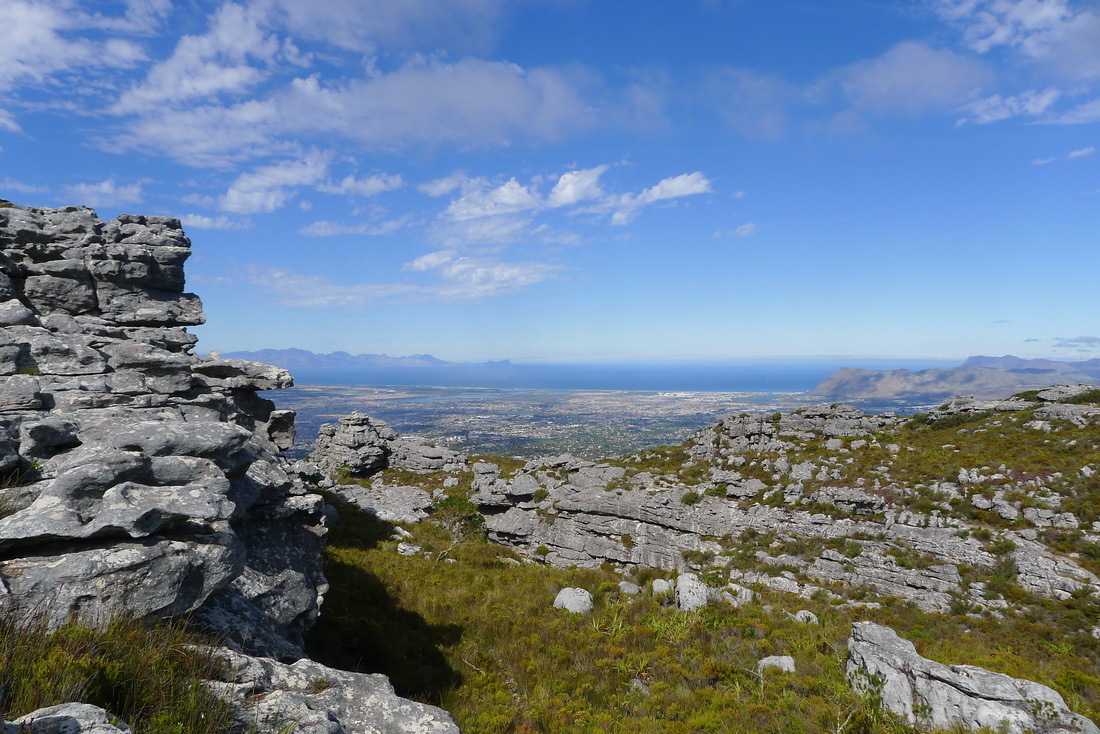
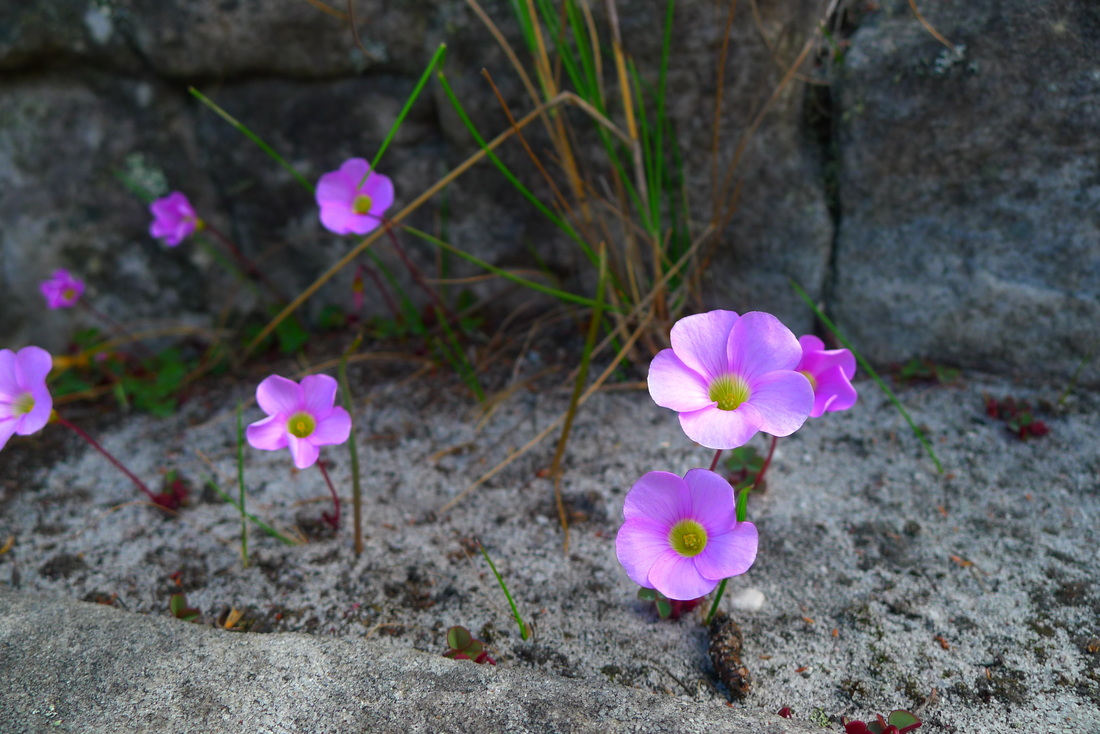

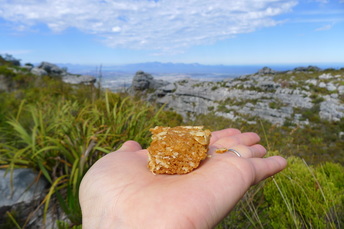

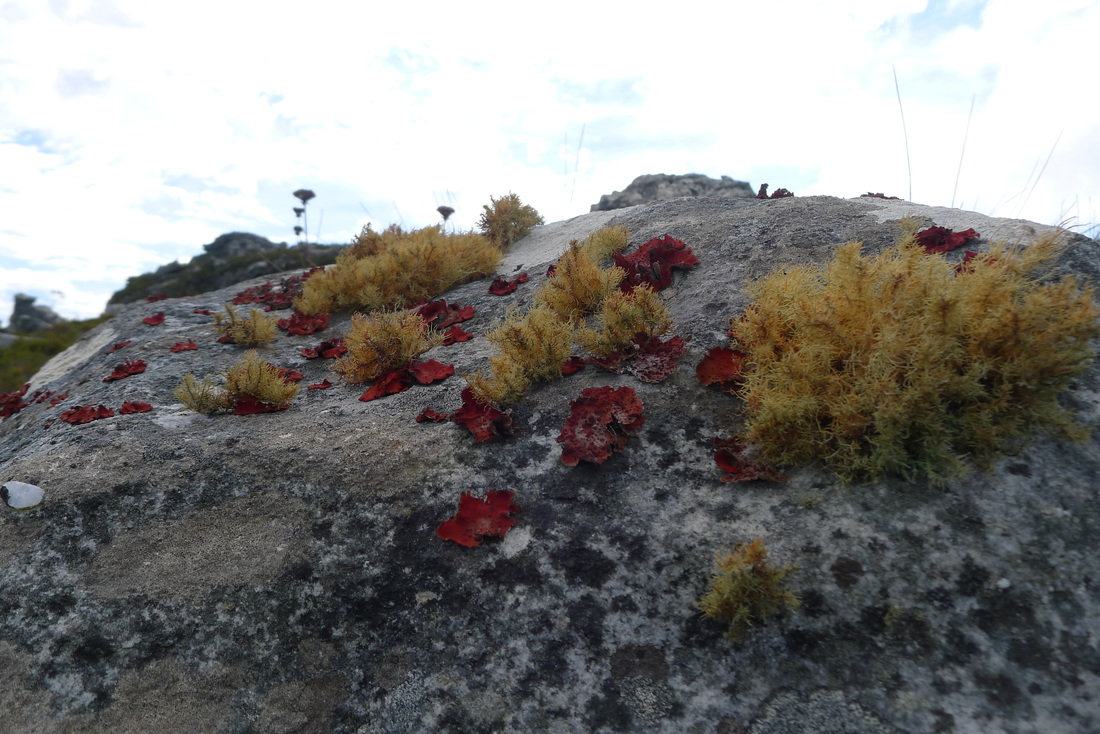

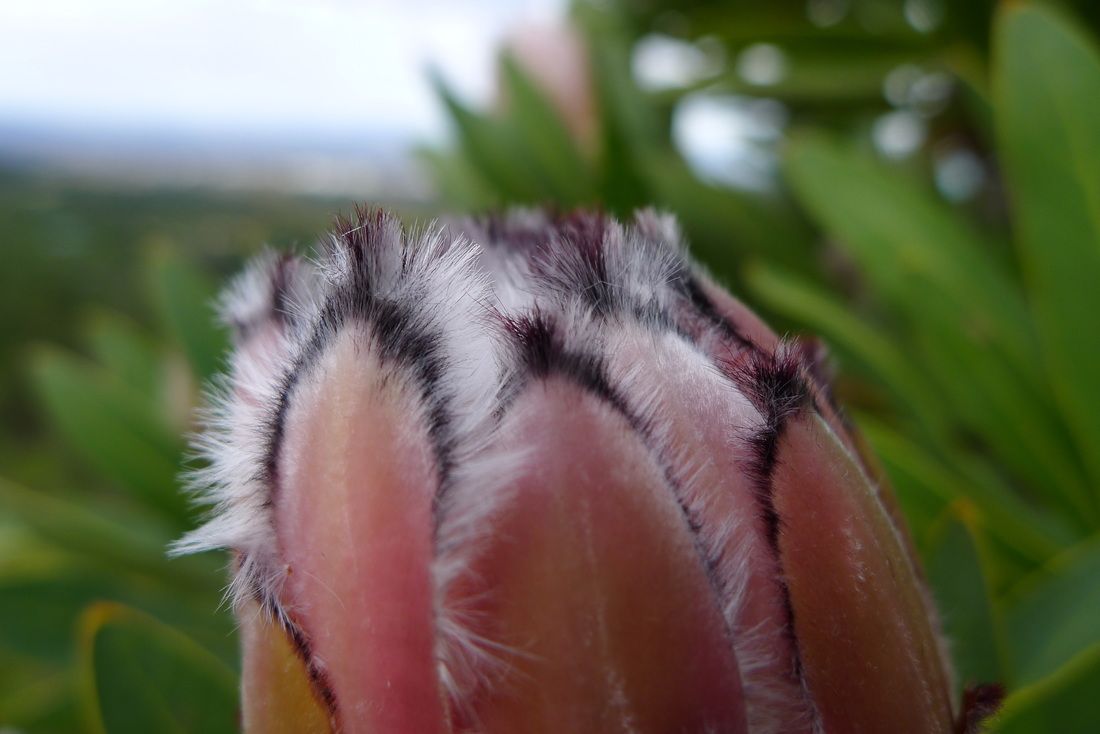
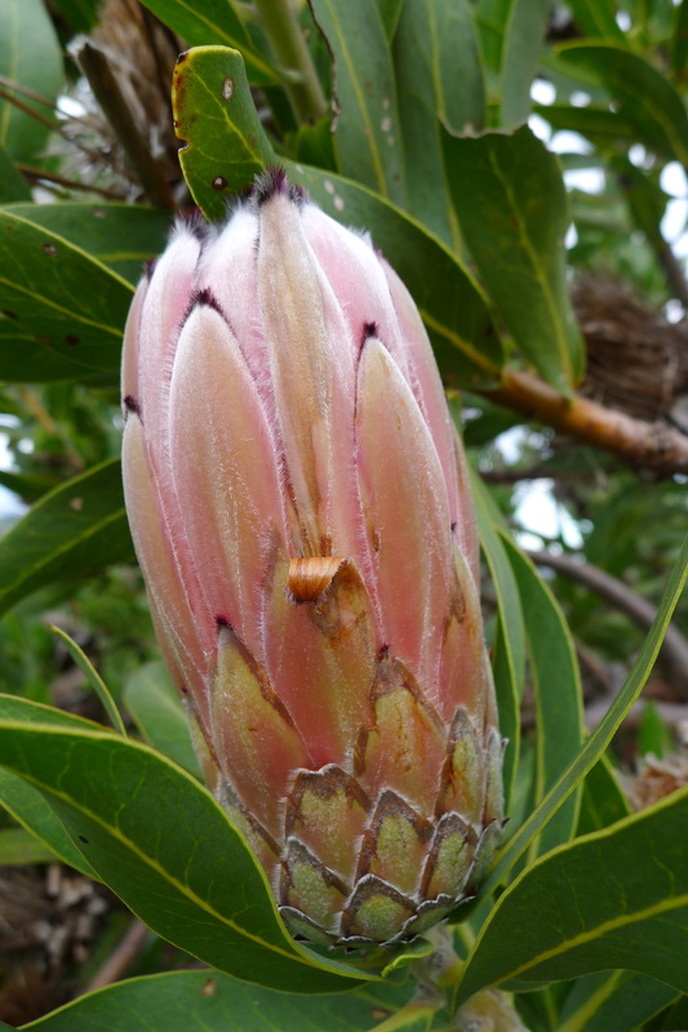
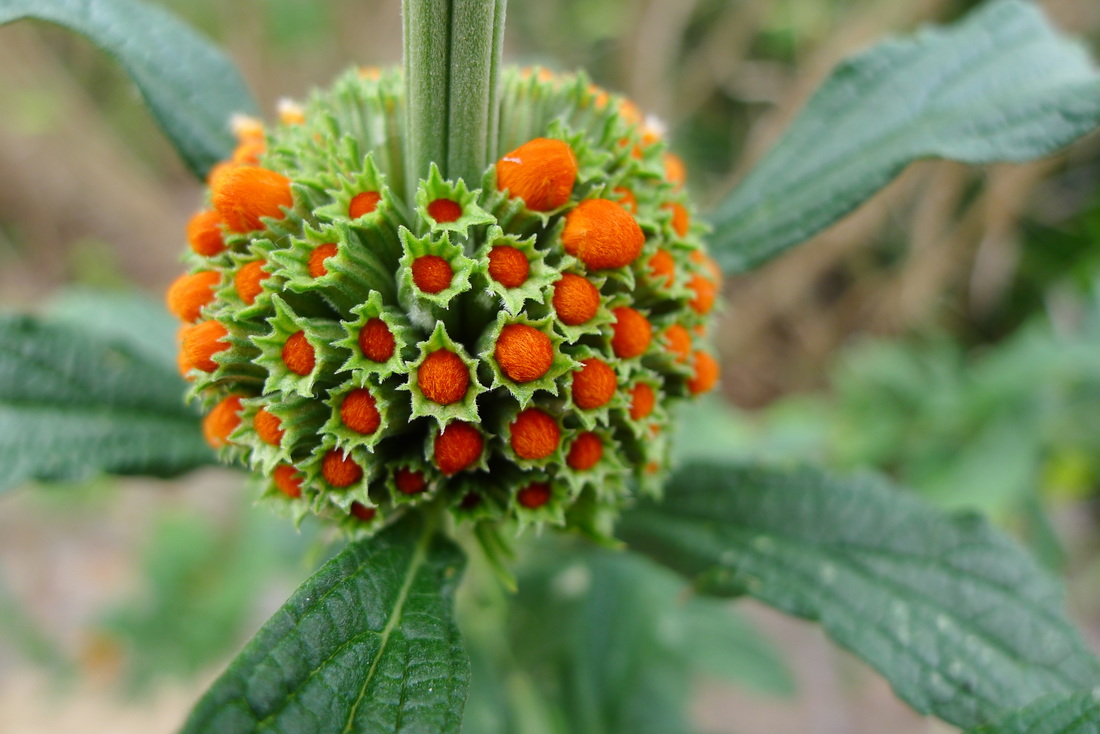


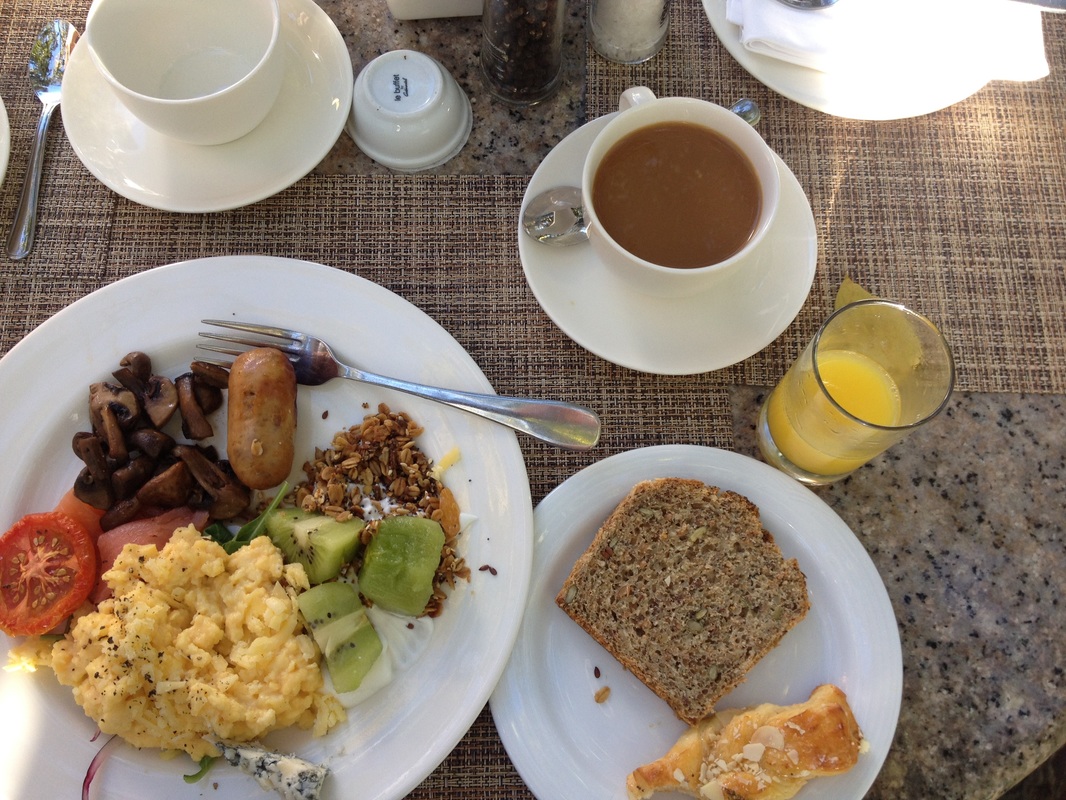
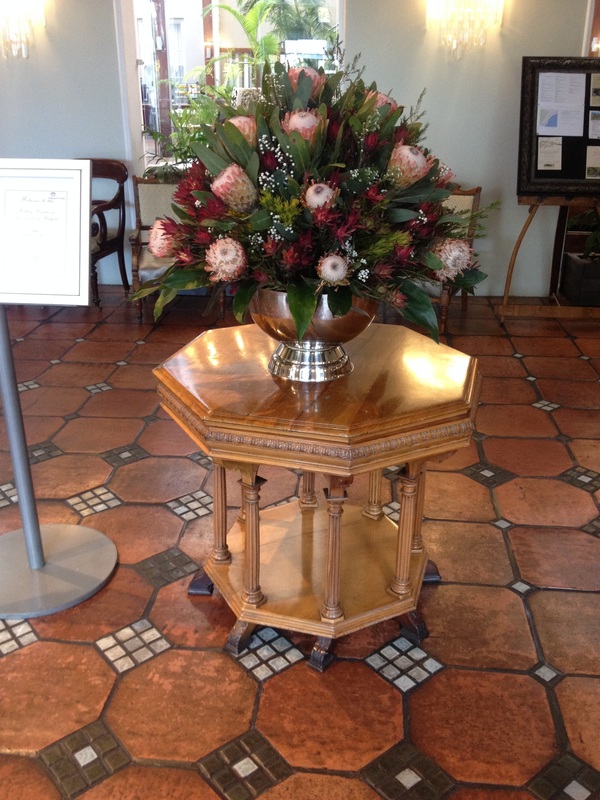


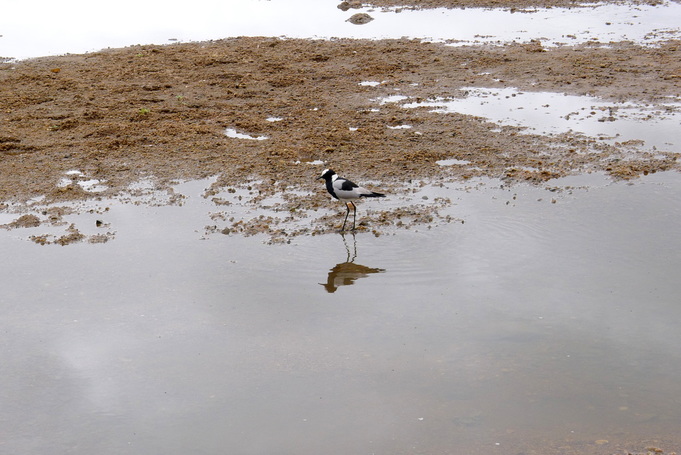


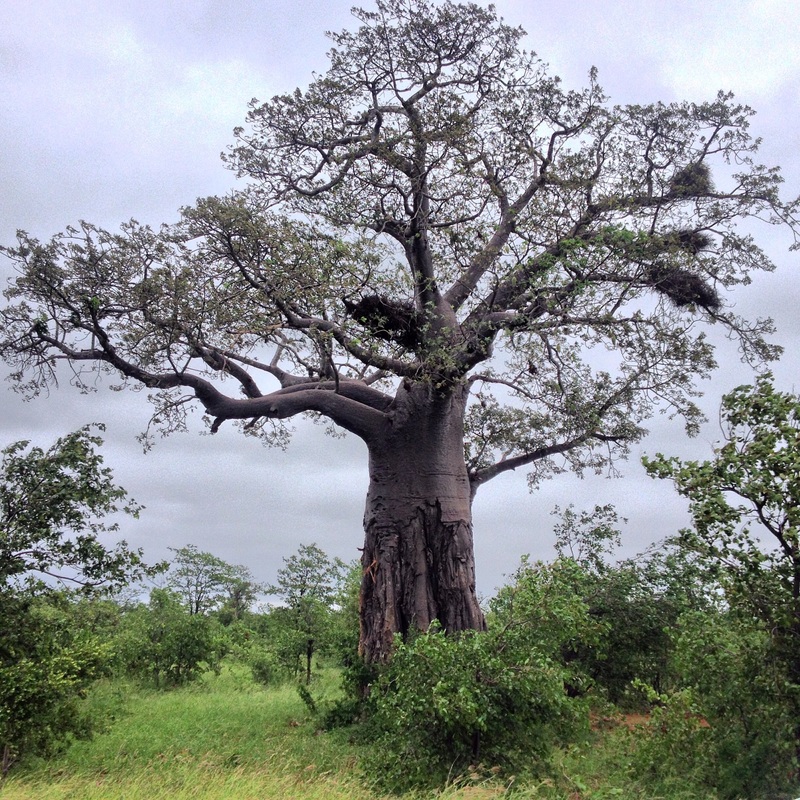


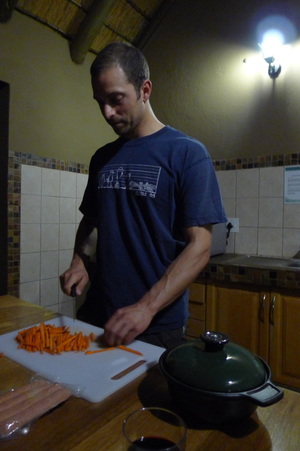

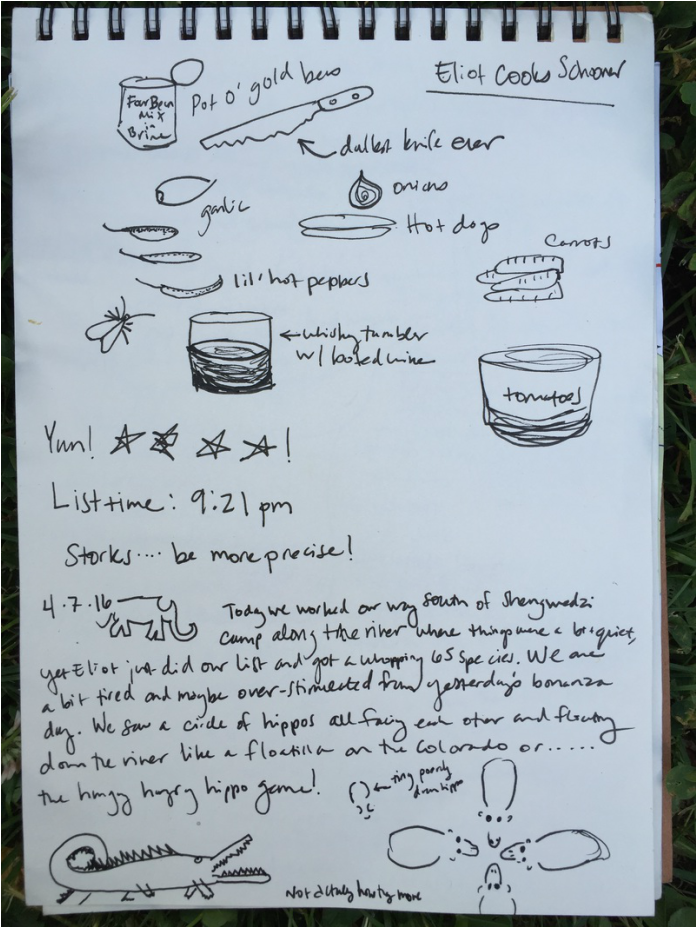

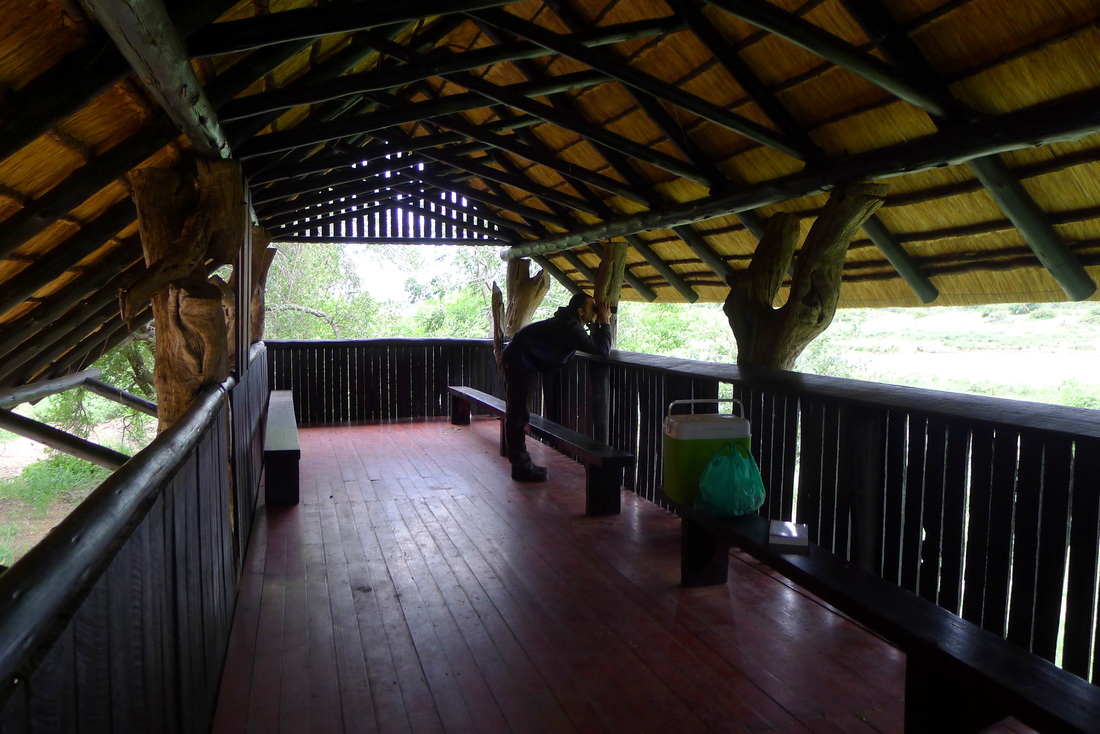
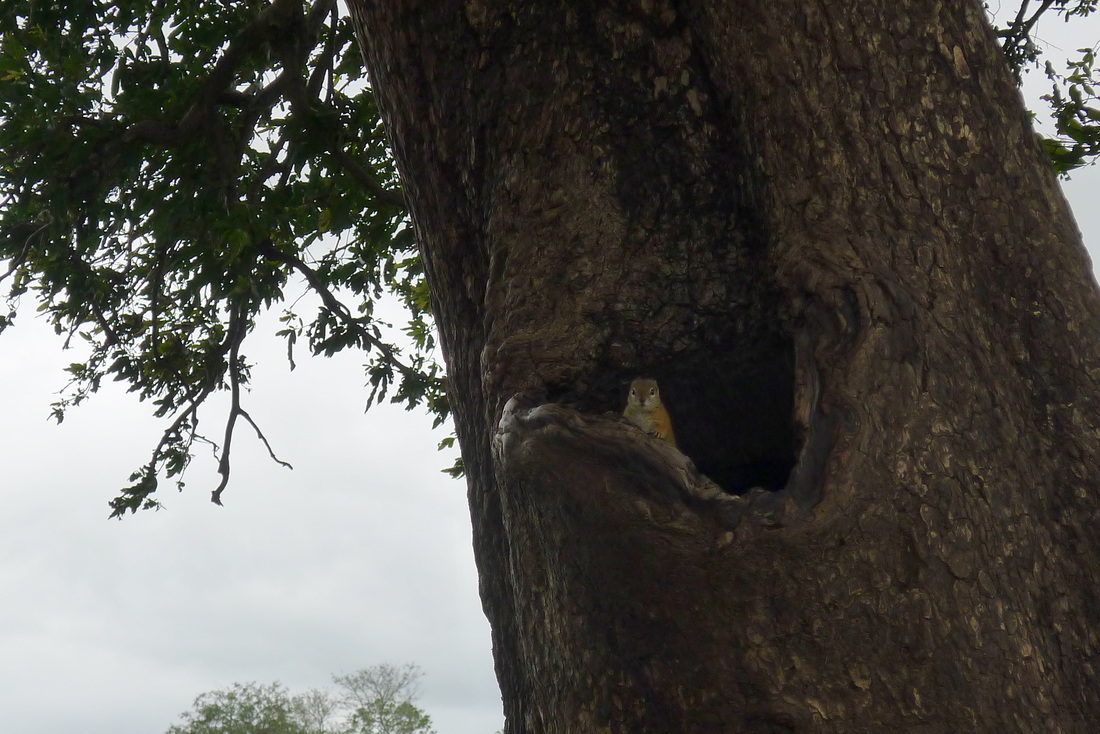


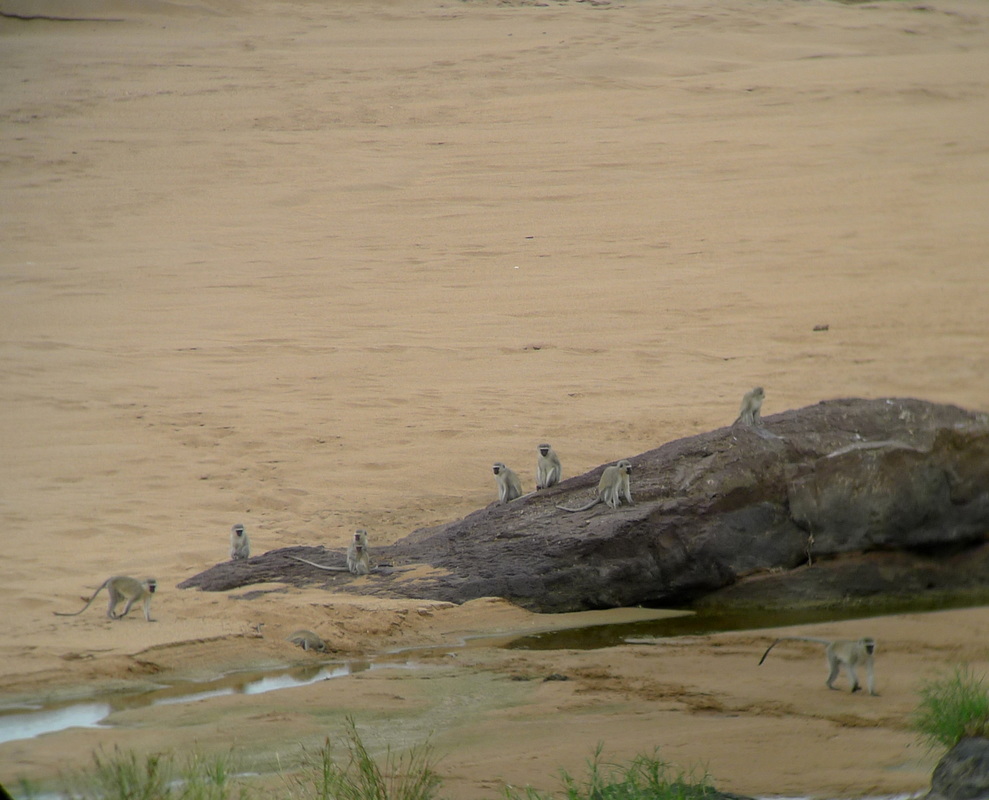




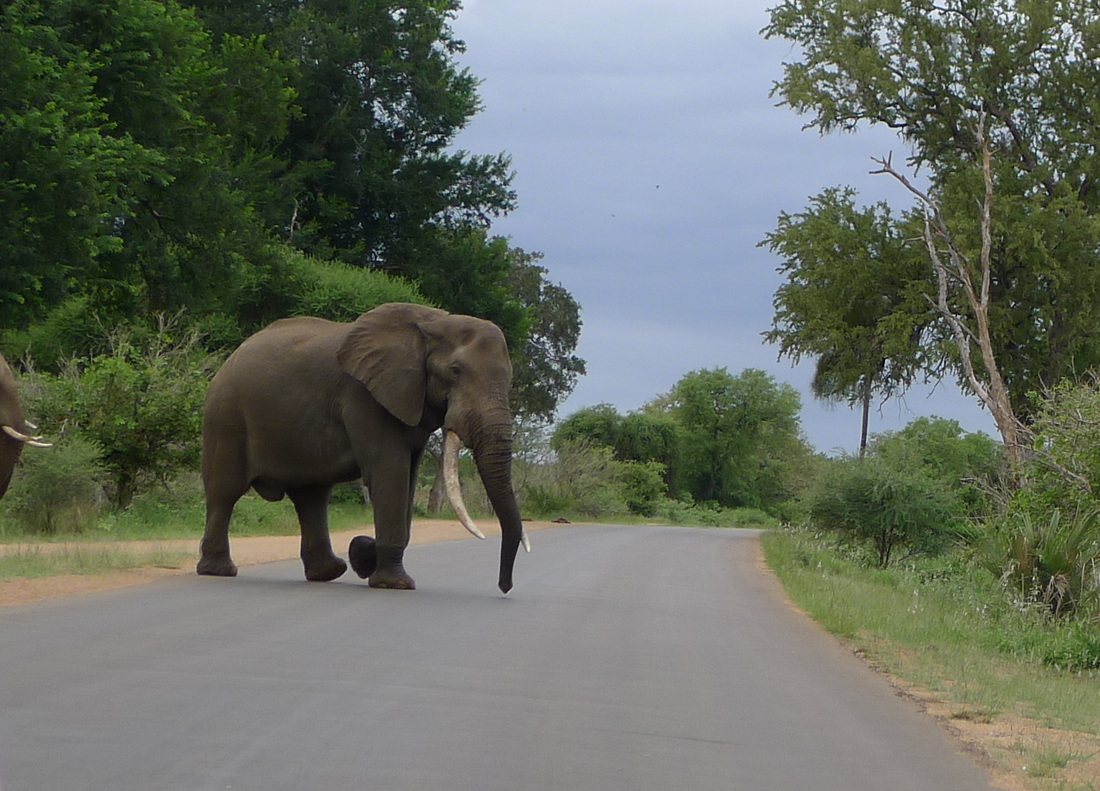
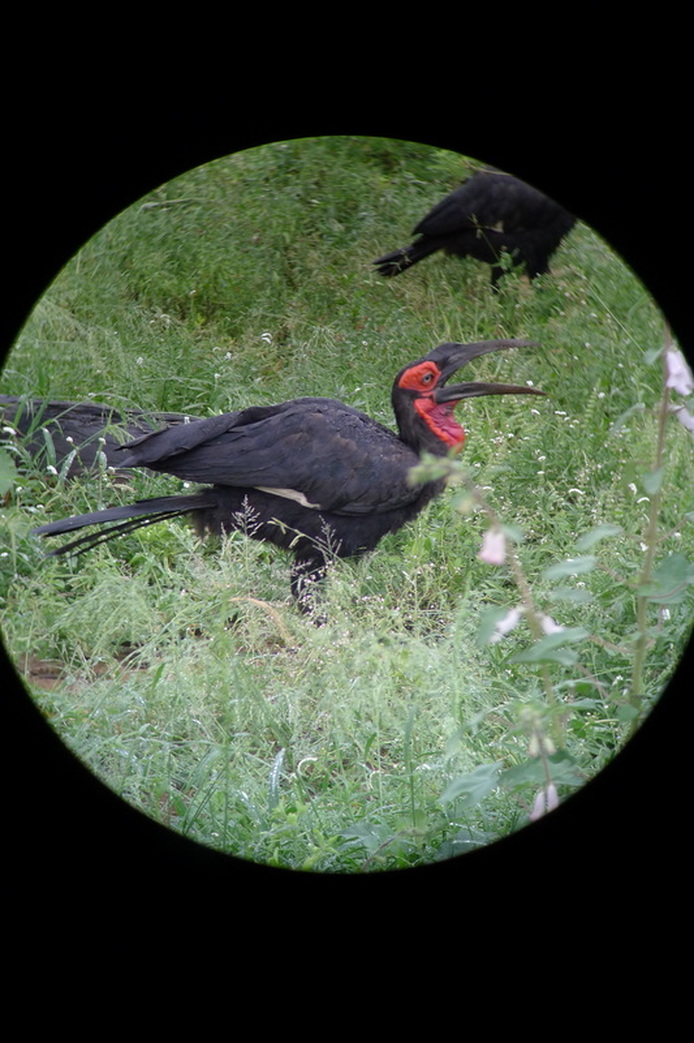
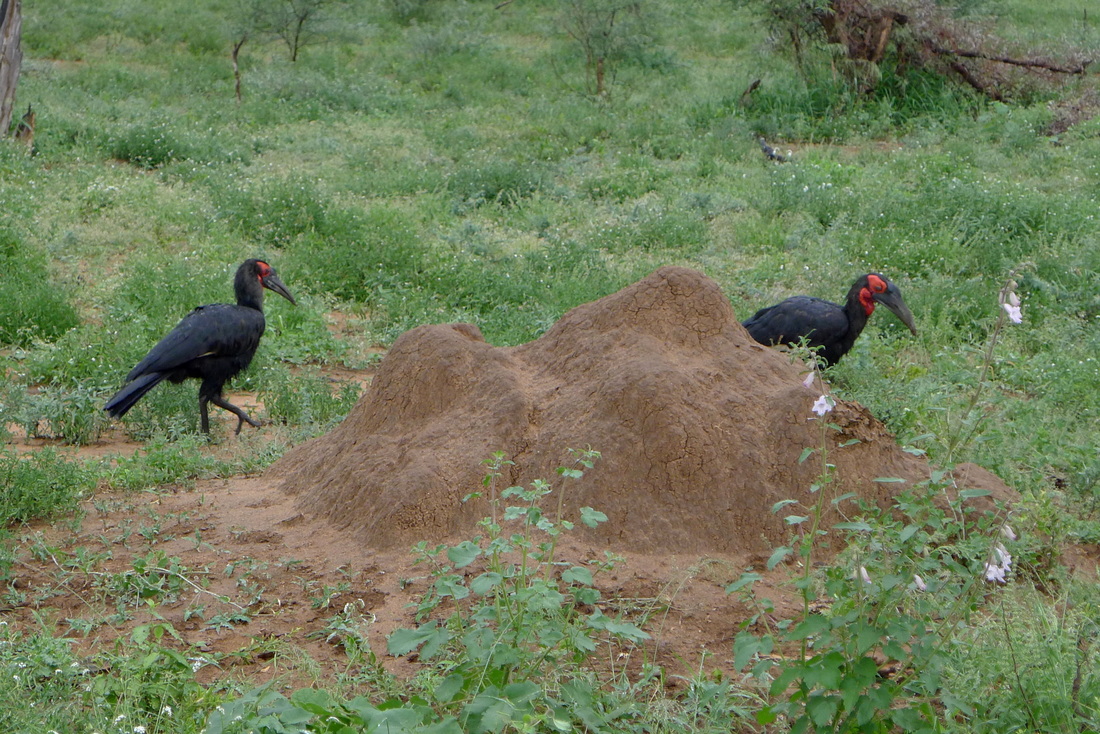
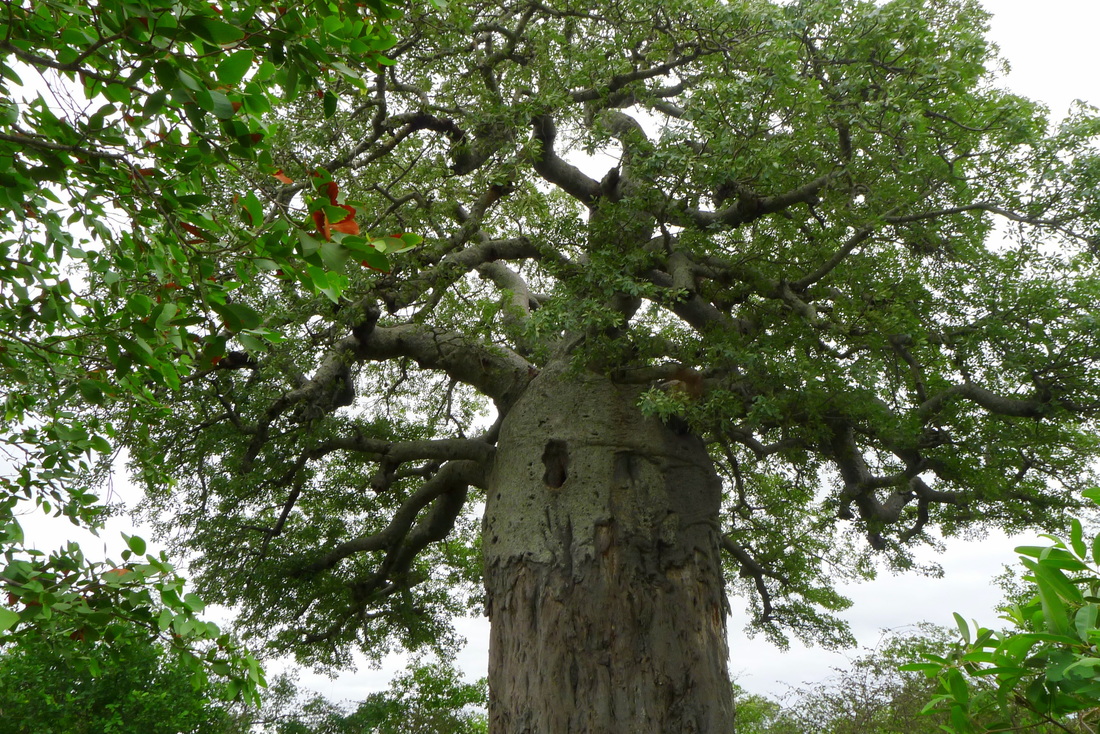

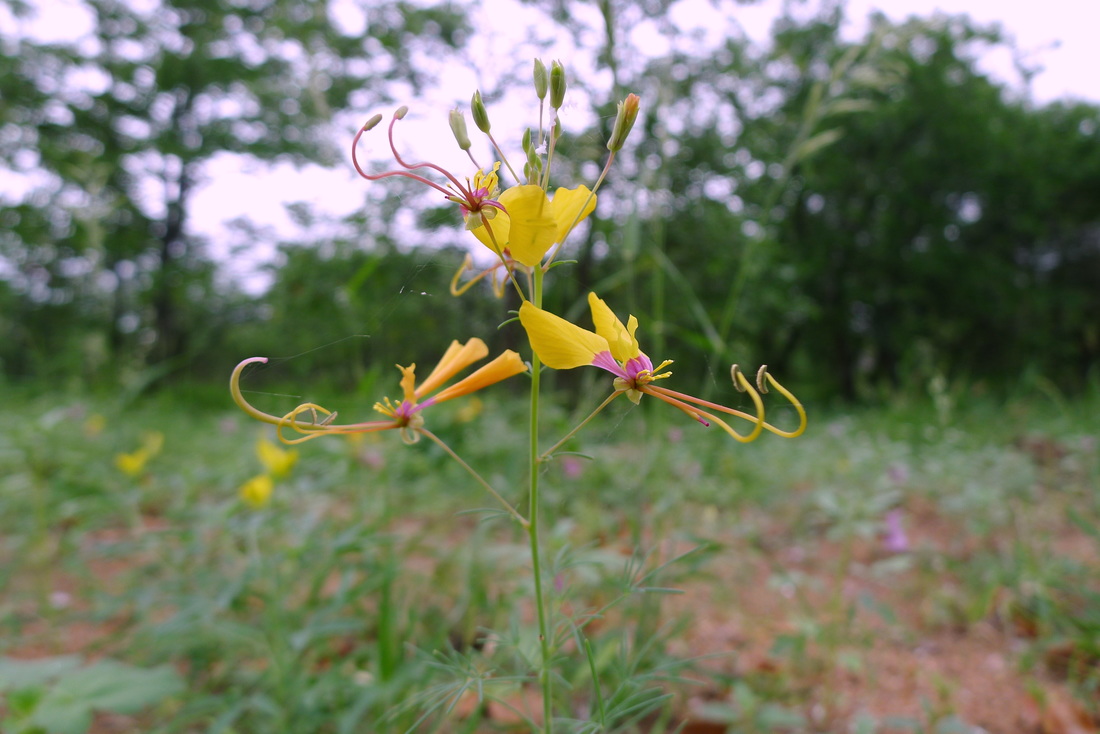
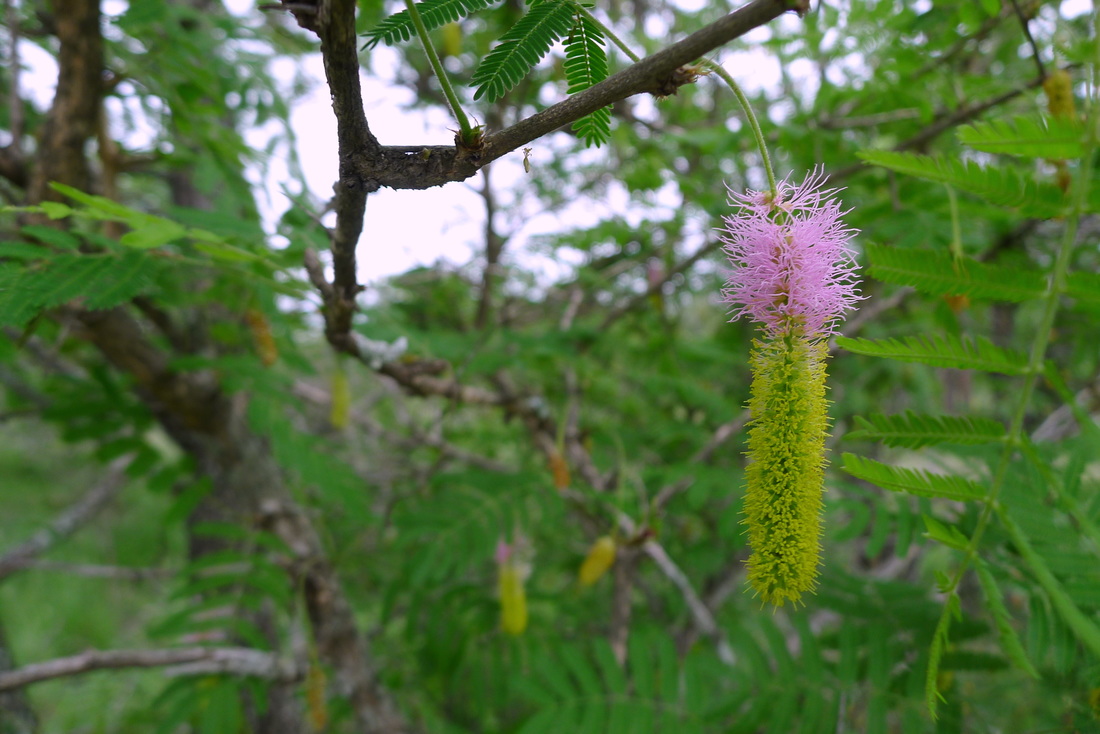
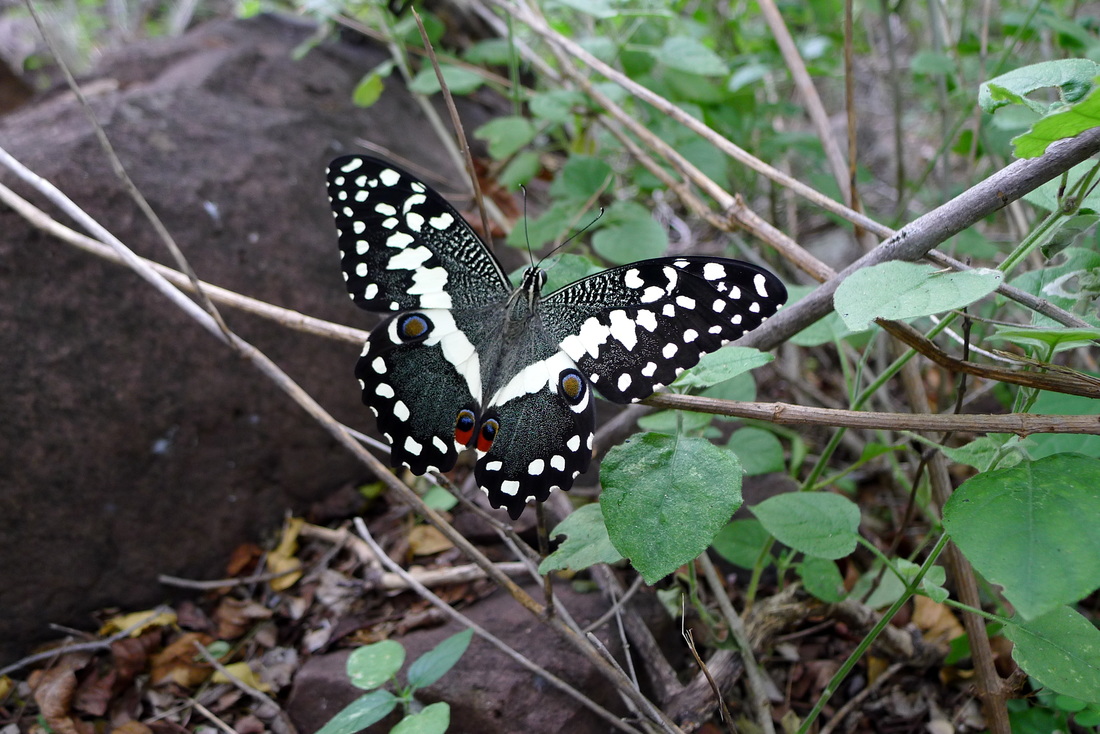
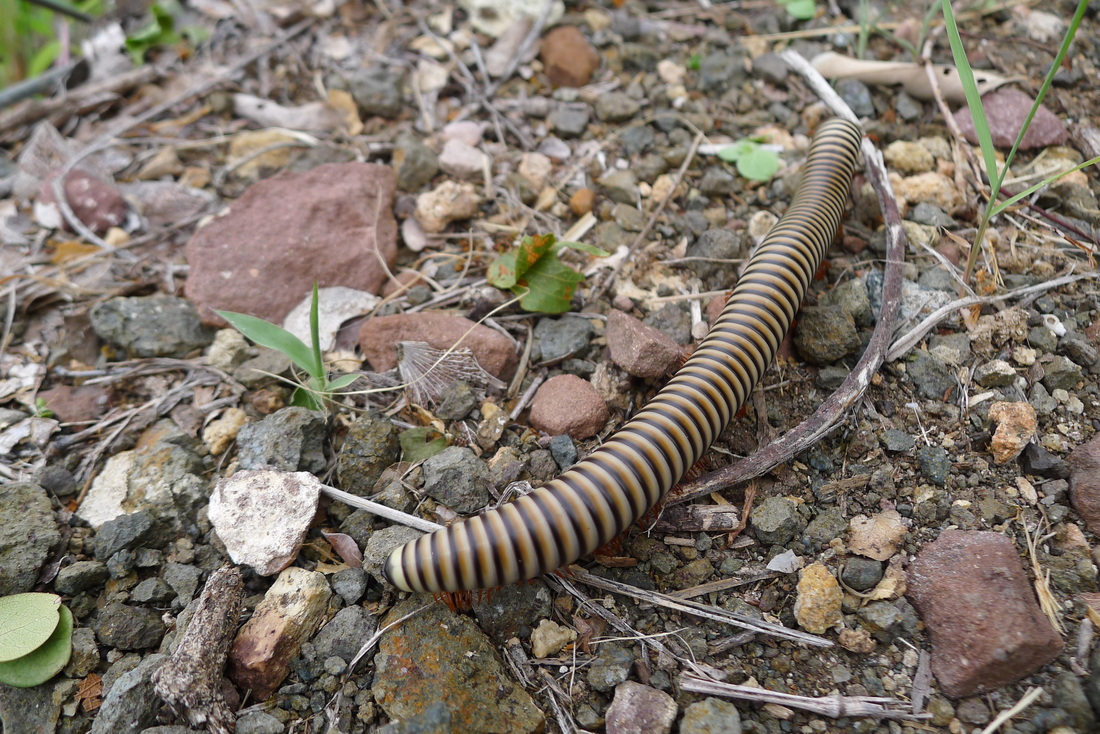








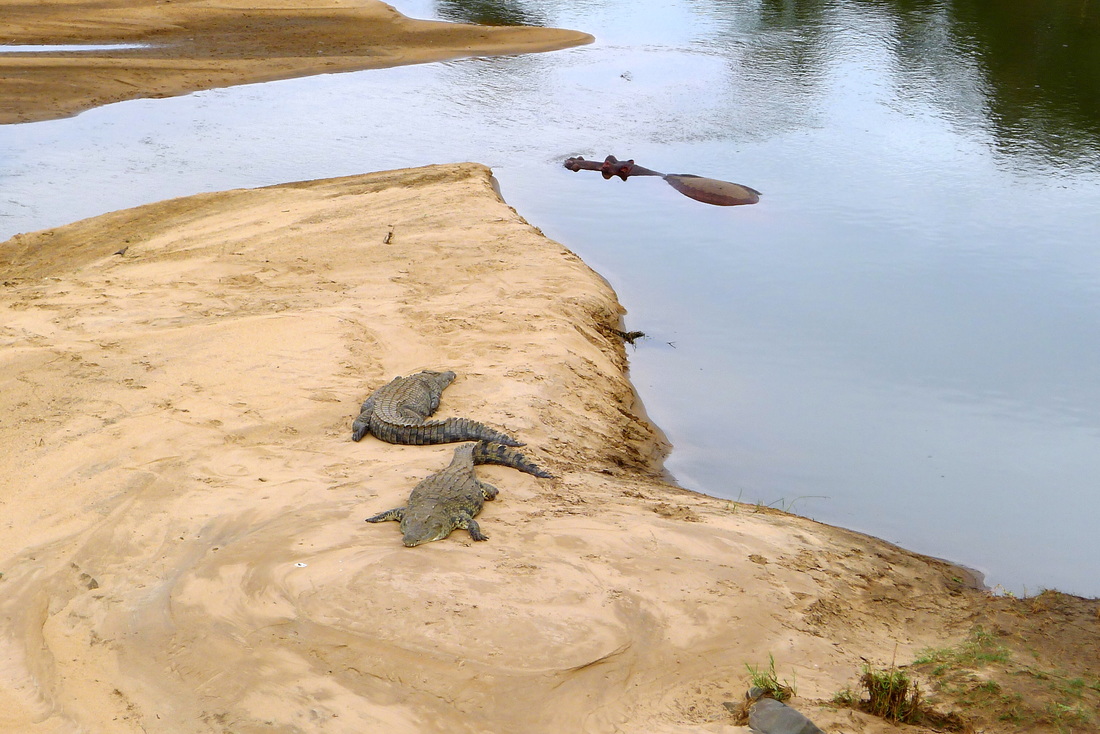
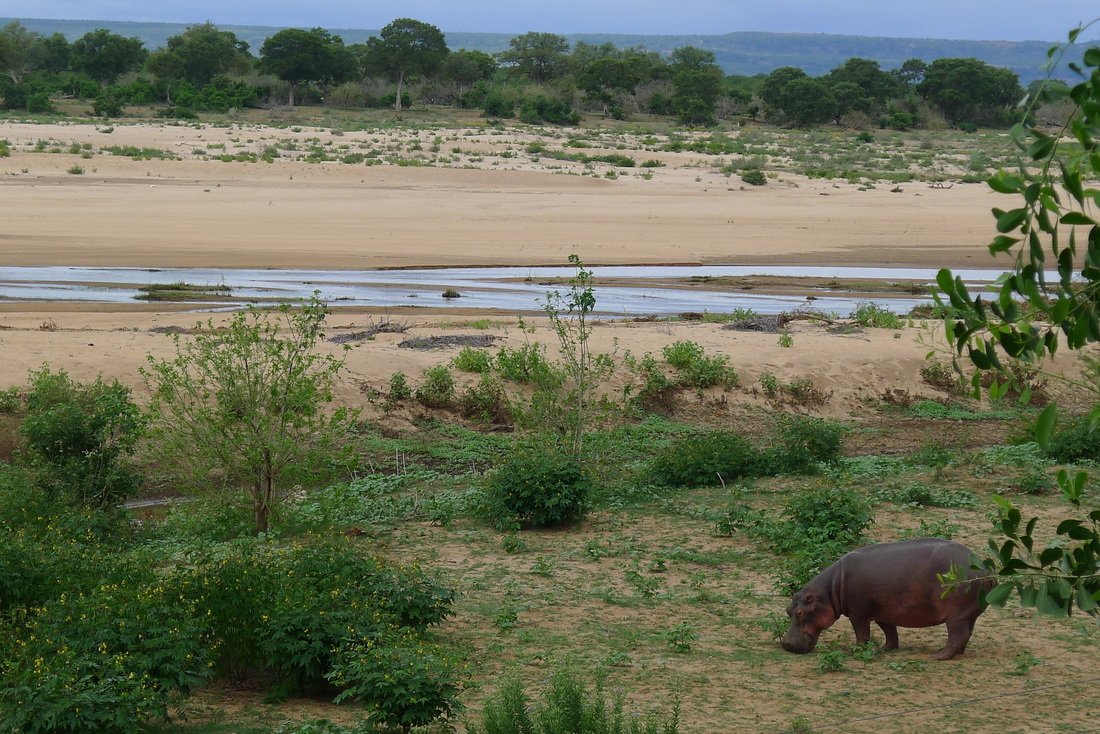
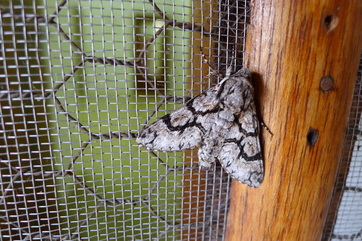


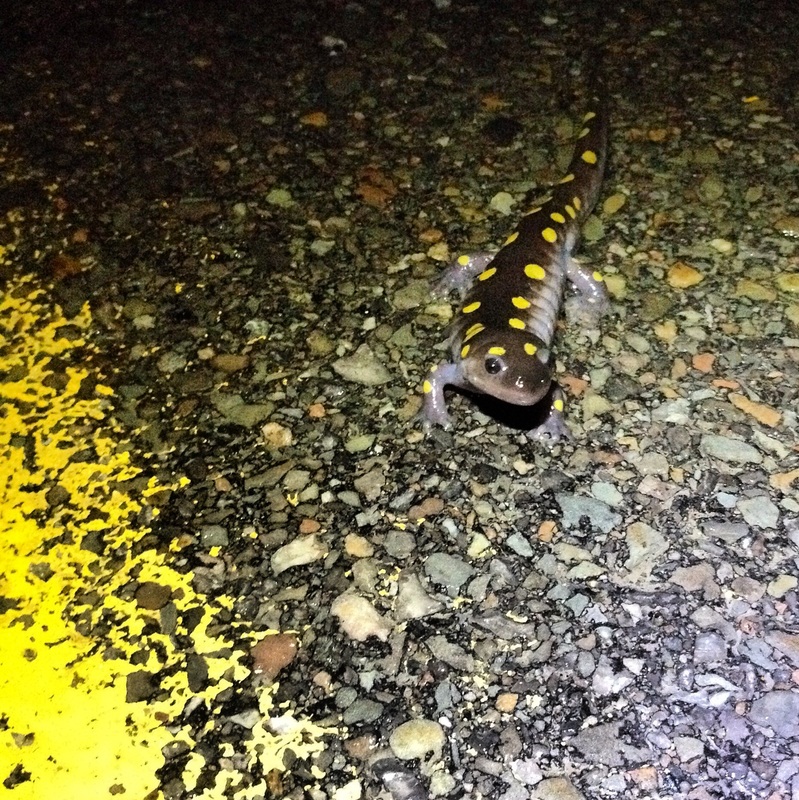

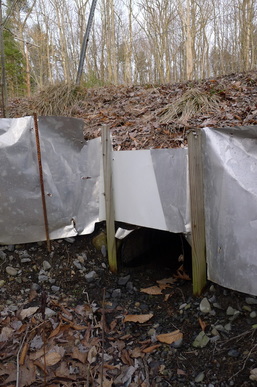

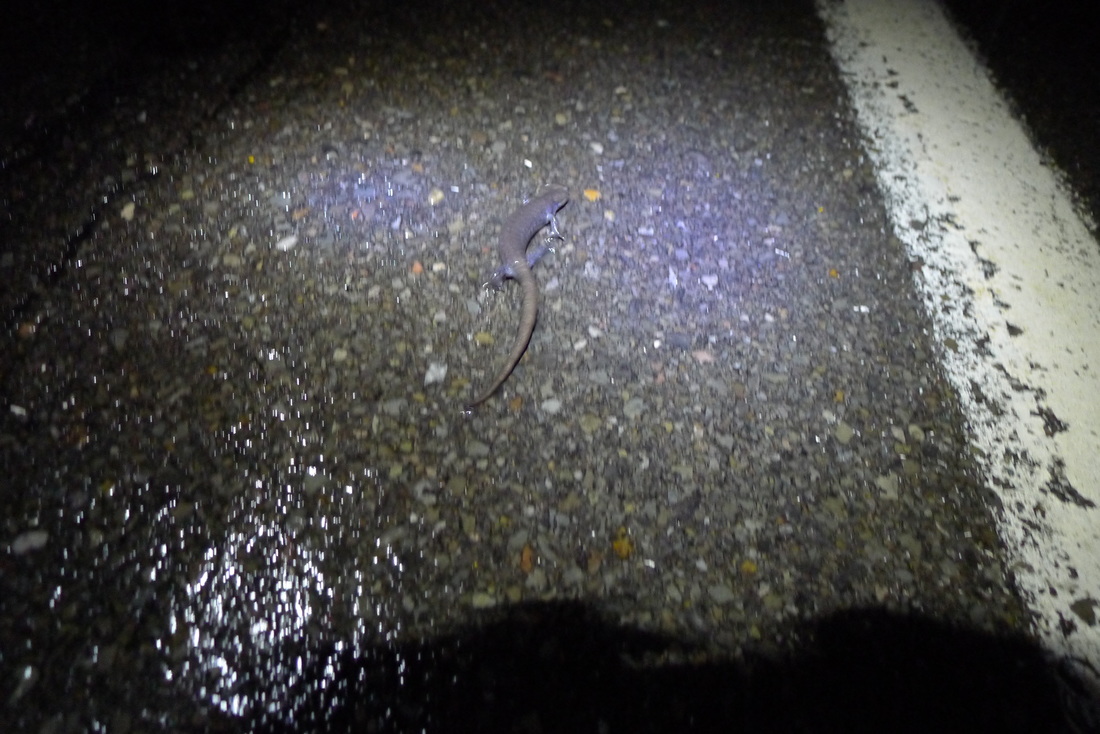

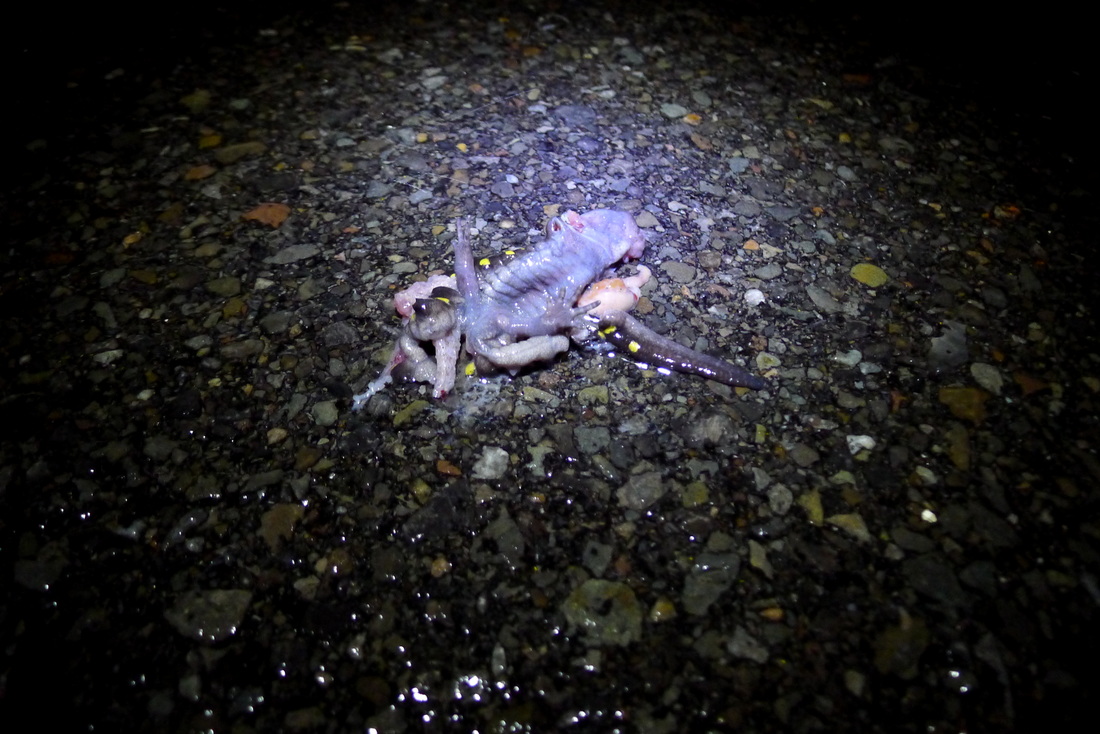
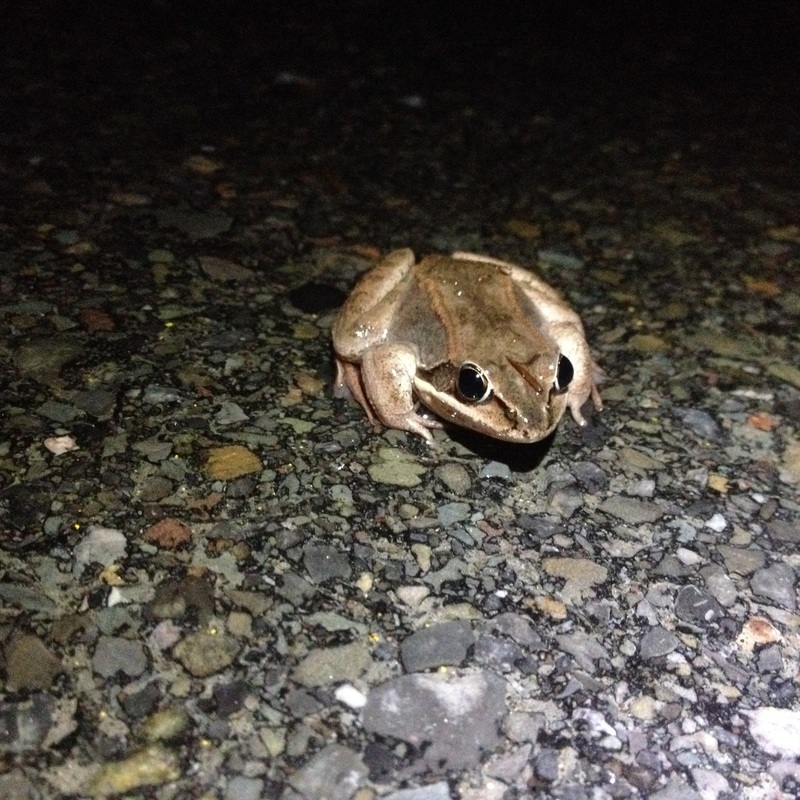
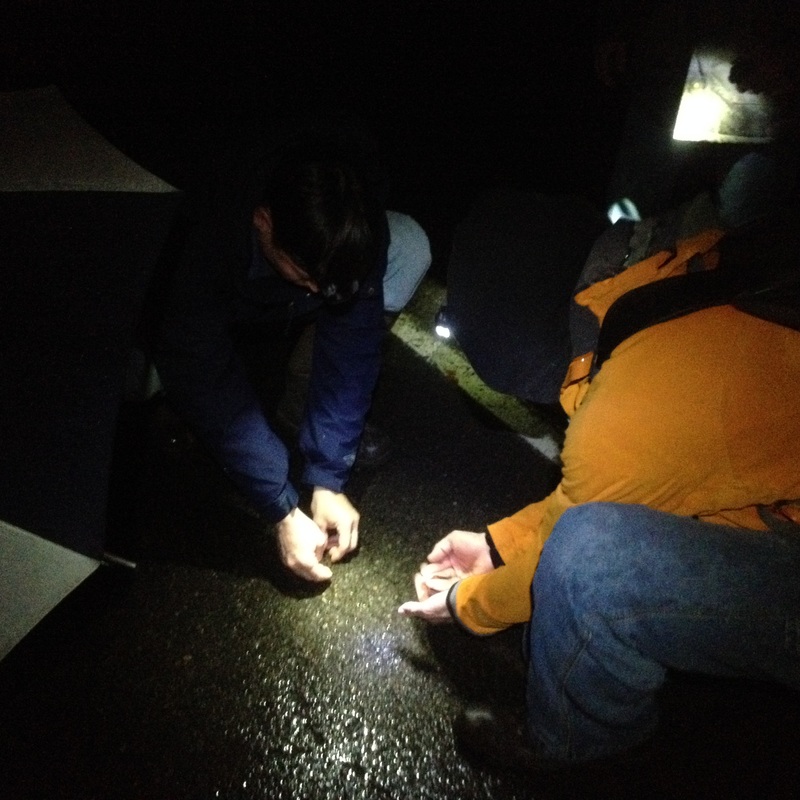

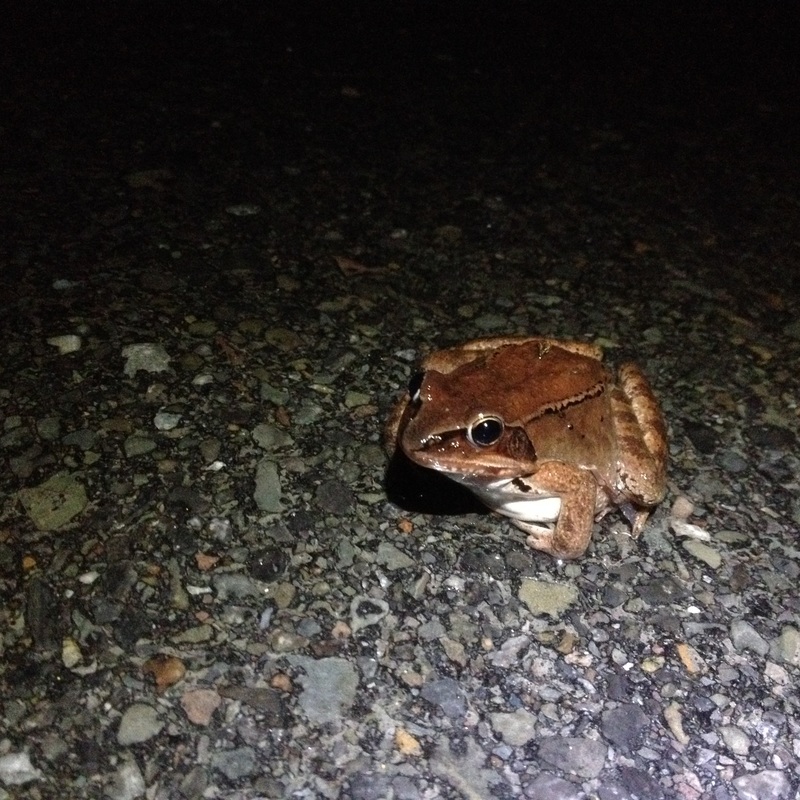


 RSS Feed
RSS Feed
